When it comes to fishing for Bonefish, it can be frustratingly hard to even spot them gliding through the water let alone getting them to inhale your fly which is why Bonefish tips are a must. These fish are so difficult to spot and land they have even been nicknamed the “ghosts of the flats.” Here we have compiled a list of Bonefish tips and information to improve your chances of spotting and landing these silver scaled swimmers.
Bonefish Tips – Get to know your target
Bonefish are pound-for-pound one of the strongest, fastest-running saltwater fish that you will ever encounter with a fly rod anywhere. But did you know their scientific name is Albulidae, which means “white fox”, a great name for a species of fish that can move around on the flats and due to its colouration and reflectiveness of its scales extremely difficult to spot to the untrained eyes.
A pelagic fish, Bonefish feed on benthic creatures such as worms, crustaceans, and mollusks—rooting them out from the sandy bottom. Granular teeth, forming specialized dental plates, cover the bonefish’s tongue and upper jaw. Similar grinders are also present in the throat, helping bones to grind then swallow prey. Small to medium-size bones often feed in schools. Sharks and barracuda frequently prey on bonefish, which may explain why the fish have evolved such an ultra-fast body for quick escapes. Bones can reach speeds up to 30+ miles per hour, so imagine being connected to one of these fish on the fly.
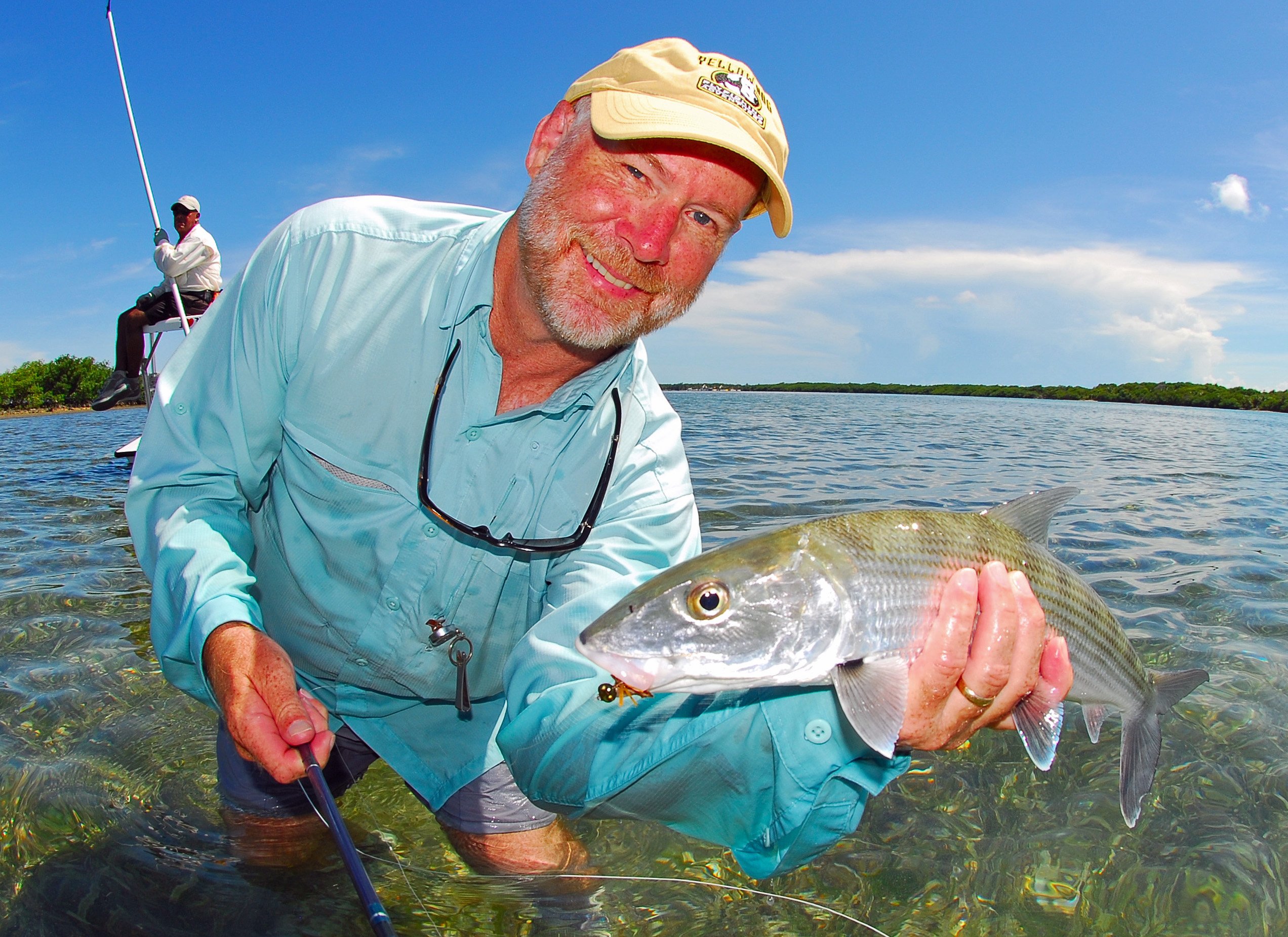

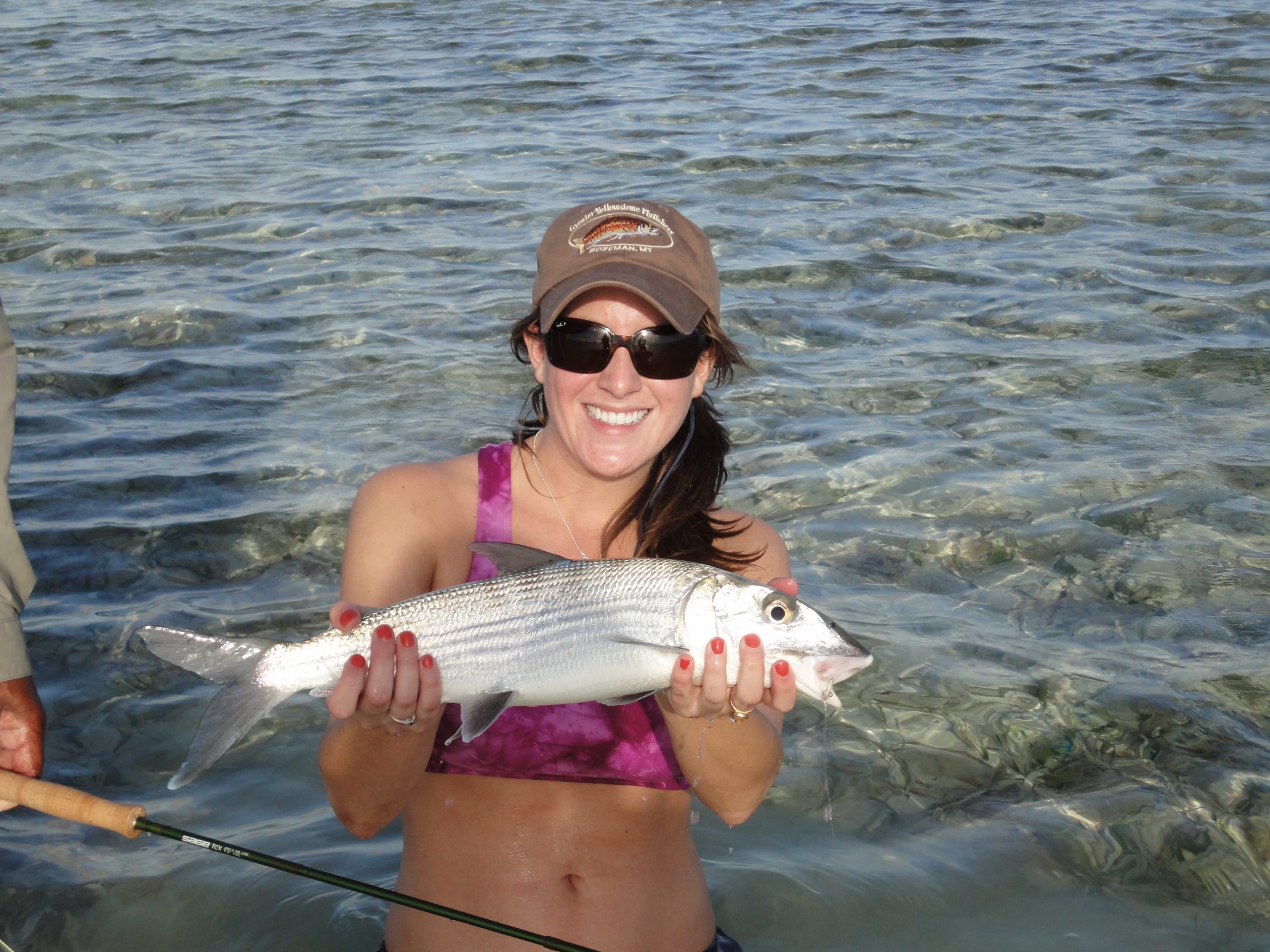

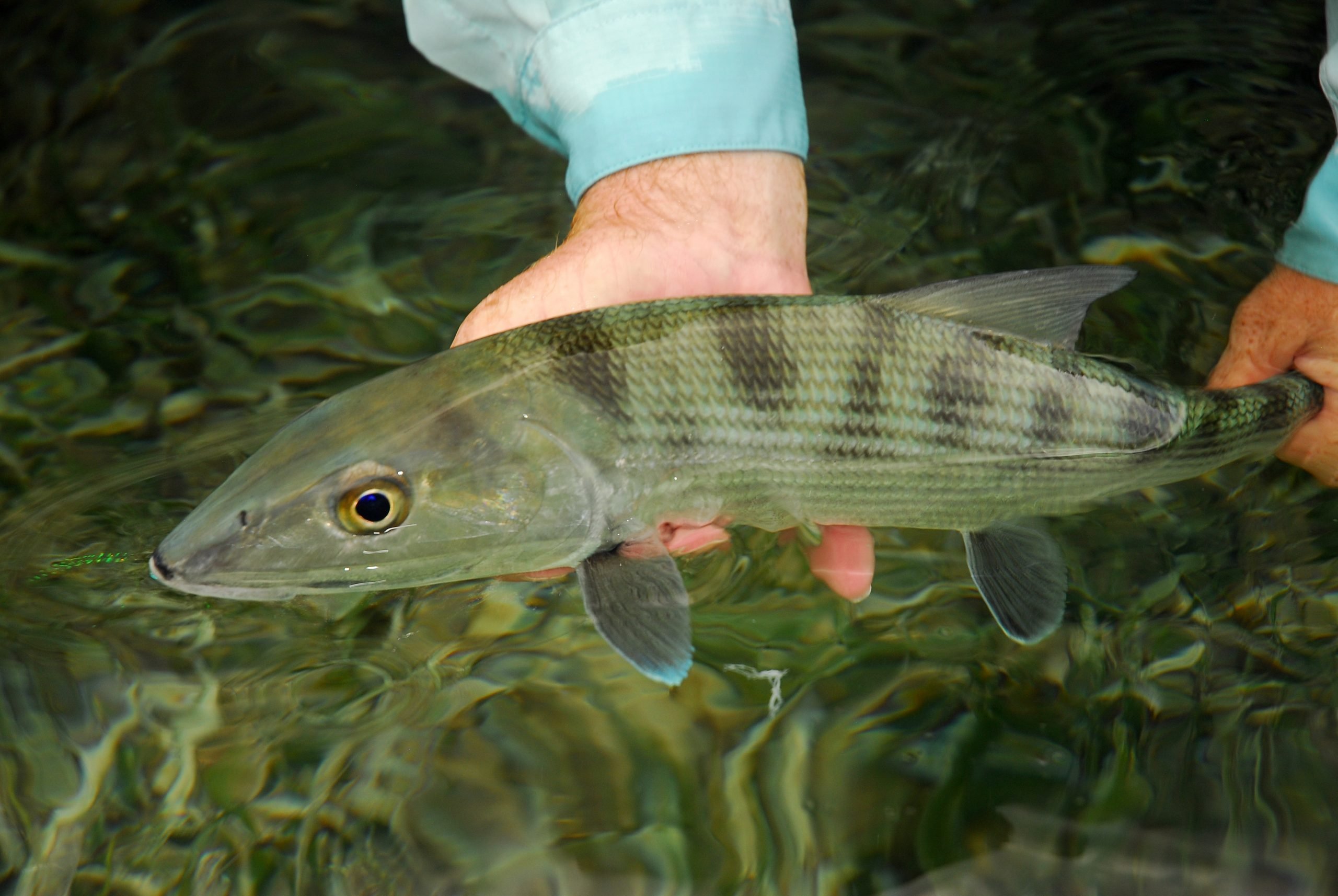

Bonefish are noted for moving from deeper water onto shallow tidal flats to feed on a incoming tide, where you can find and cast to tailing fish, which is one of the most challenging (and rewarding) saltwater experiences available to man. They typically retreat back to deeper water as the tide ebbs.
The Bonefish prefers shallow flats, tidal estuaries, protected bays, turtle grass flats, and other brackish areas at depths of 2 to 6 feet. It is found worldwide in subtropical warm seas. In the Eastern Pacific, its range includes waters off California to Peru; the Western Atlantic range stretches from North Carolina to Florida, the Bahamas, the Antilles, and the rest of the Caribbean almost to Brazil. Bonefish can reach over ten pounds, but a more representative size would be about a third of that as an average-sized fish. A big Bonefish, a fish of a lifetime, would be any fish in excess of ten pounds. These larger, adult fish break away from schools, often traveling in singles and doubles.
Bonefish Tips – What tackle should you use?
The biggest Bonefish tip we can give is to use the right tackle. Depending on where you will be travelling and the average size of the fish you would use 9-foot, 6 to 9 weight fly rods with a medium to fast-action with enough backbone to launch flies across and often into prevailing ocean winds. An 8-weight is the universal choice for flats-style bonefish fishing. Lighter or heavier rods can be substituted depending on conditions. For example, light (or no) winds often punctuate the need for delicate presentations and lighter rigs. Heavy winds, on the other hand, require higher line speeds and heavier rods to punch flies through.
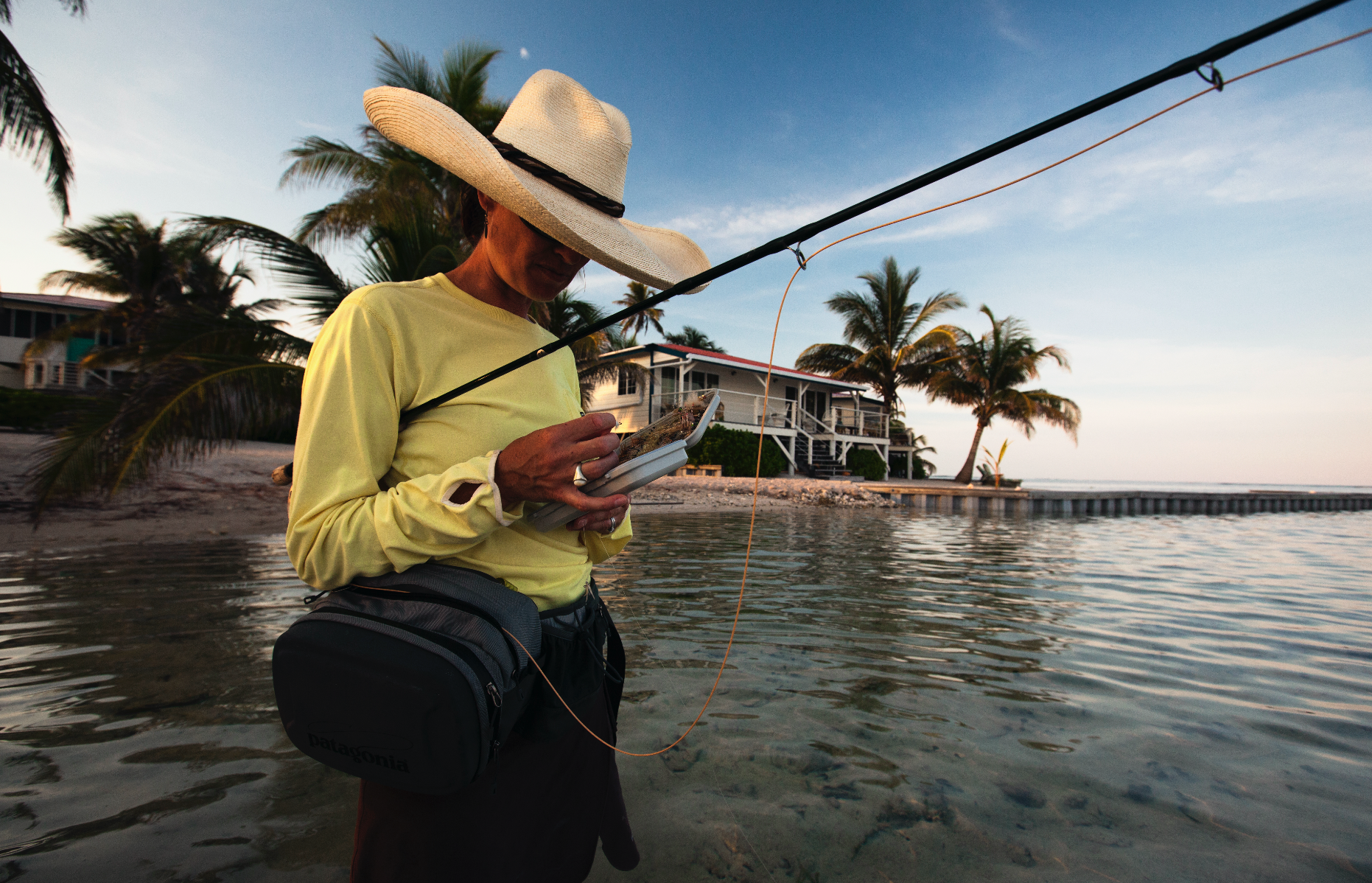

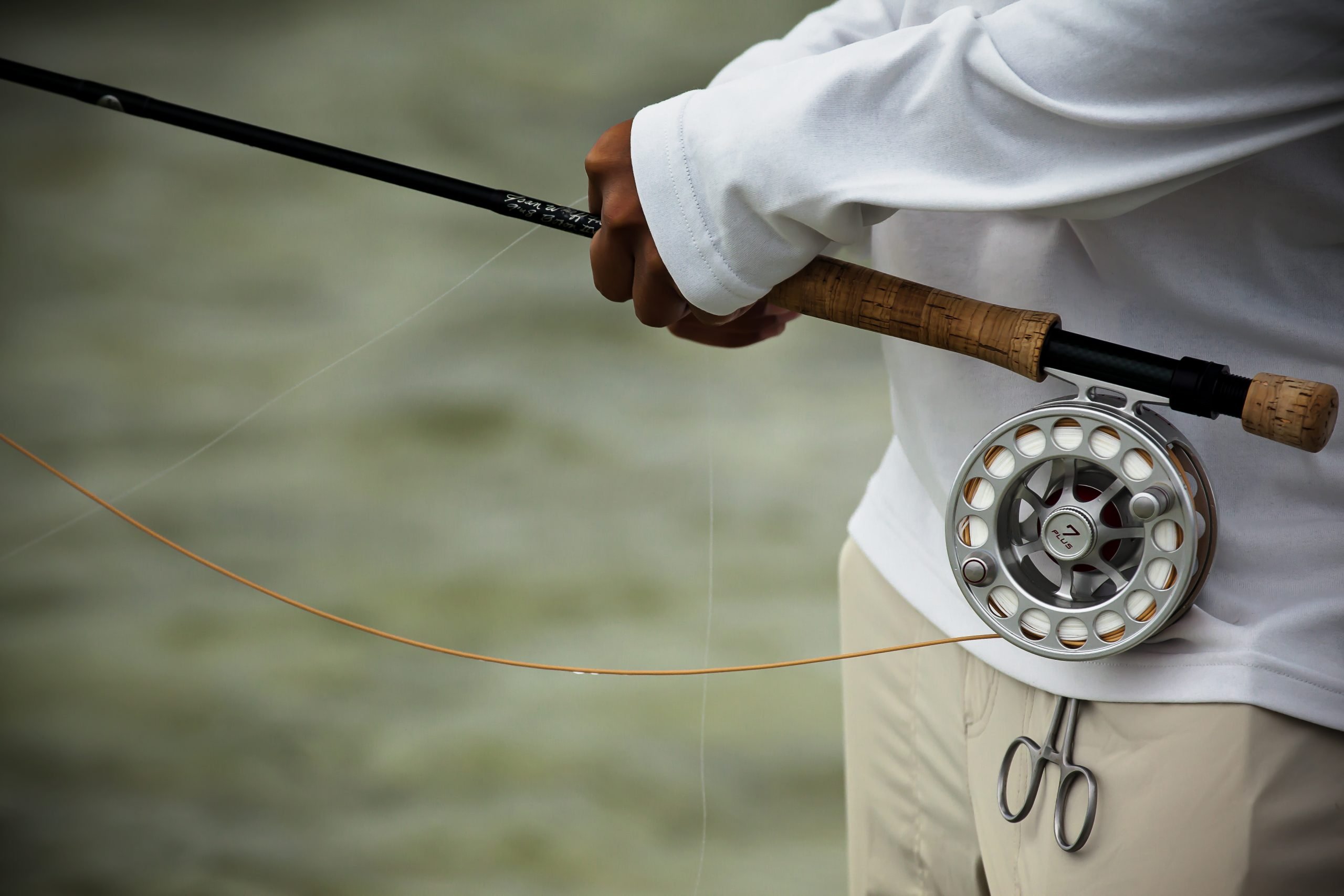

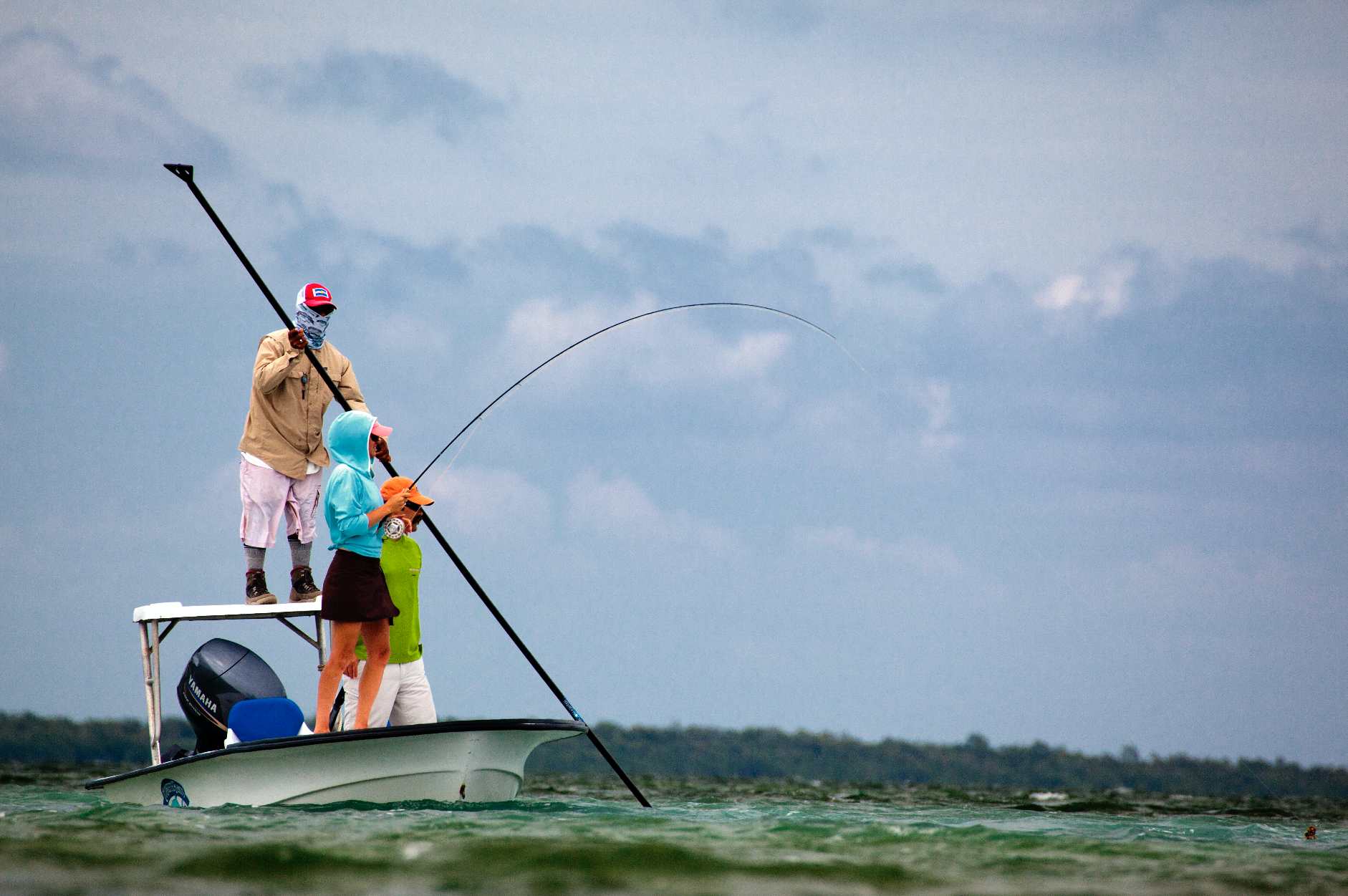

I would recommend saltwater-specific rods from reputable manufactures. Your reel is also important. Choose one with an adjustable cork or composite disc-drag, and a capacity of at least 150 yards of 20- to 30-pound backing. For lines weight-forward floating lines (RIO and Airflo) with fluorocarbon leaders (10- to 16-pound test) is all you will need. Last but by no means least is proper sunglasses that have been built and designed for saltwater flats fishing. Do not spend hundreds of pounds on the top of the range rods and reels only to take second best for your eyes. Remember the excitement about Bonefish fishing is its all about “Sight Fishing” and there’s not going to be much fun if you cannot spot the fish, pointed out by your guide.
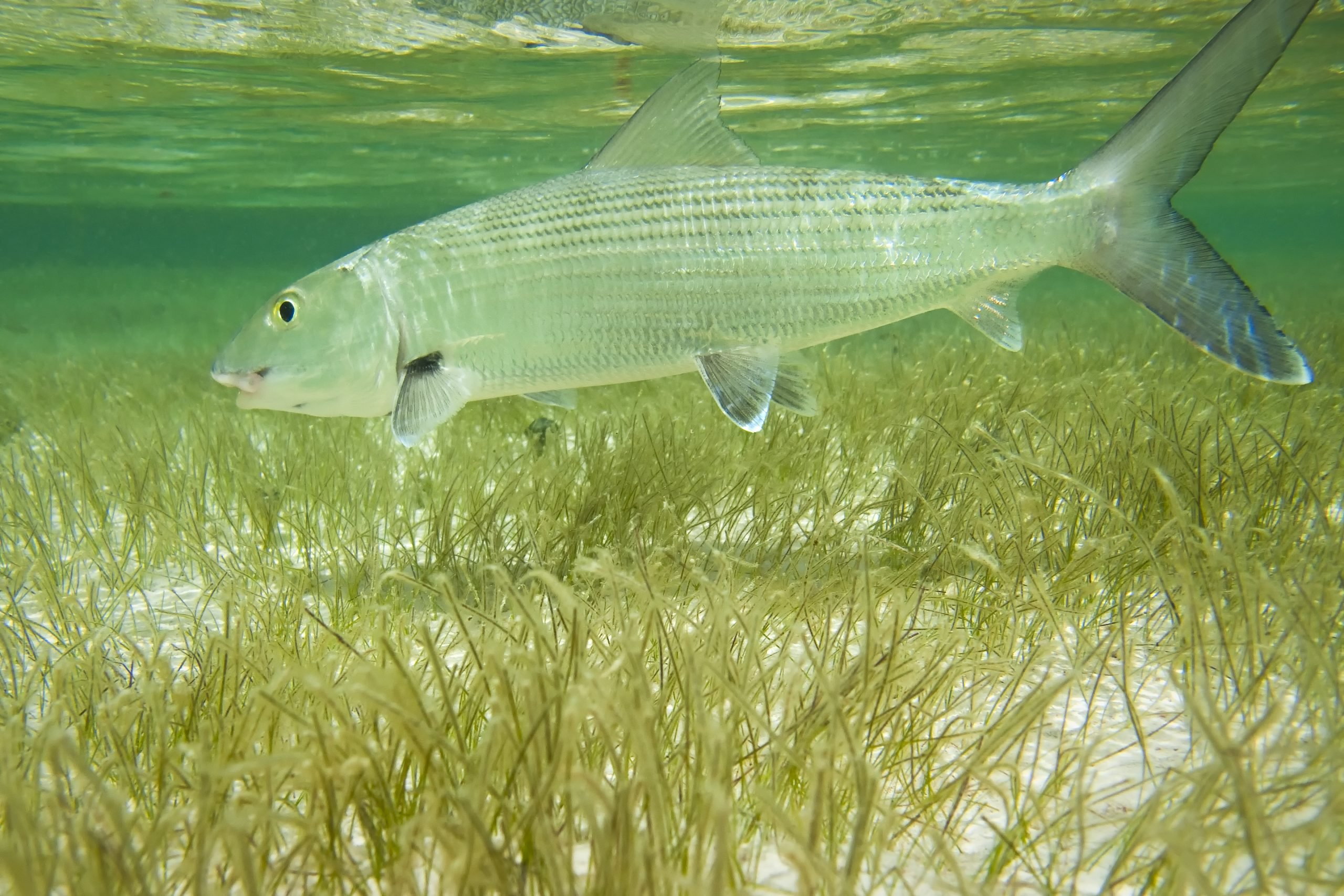

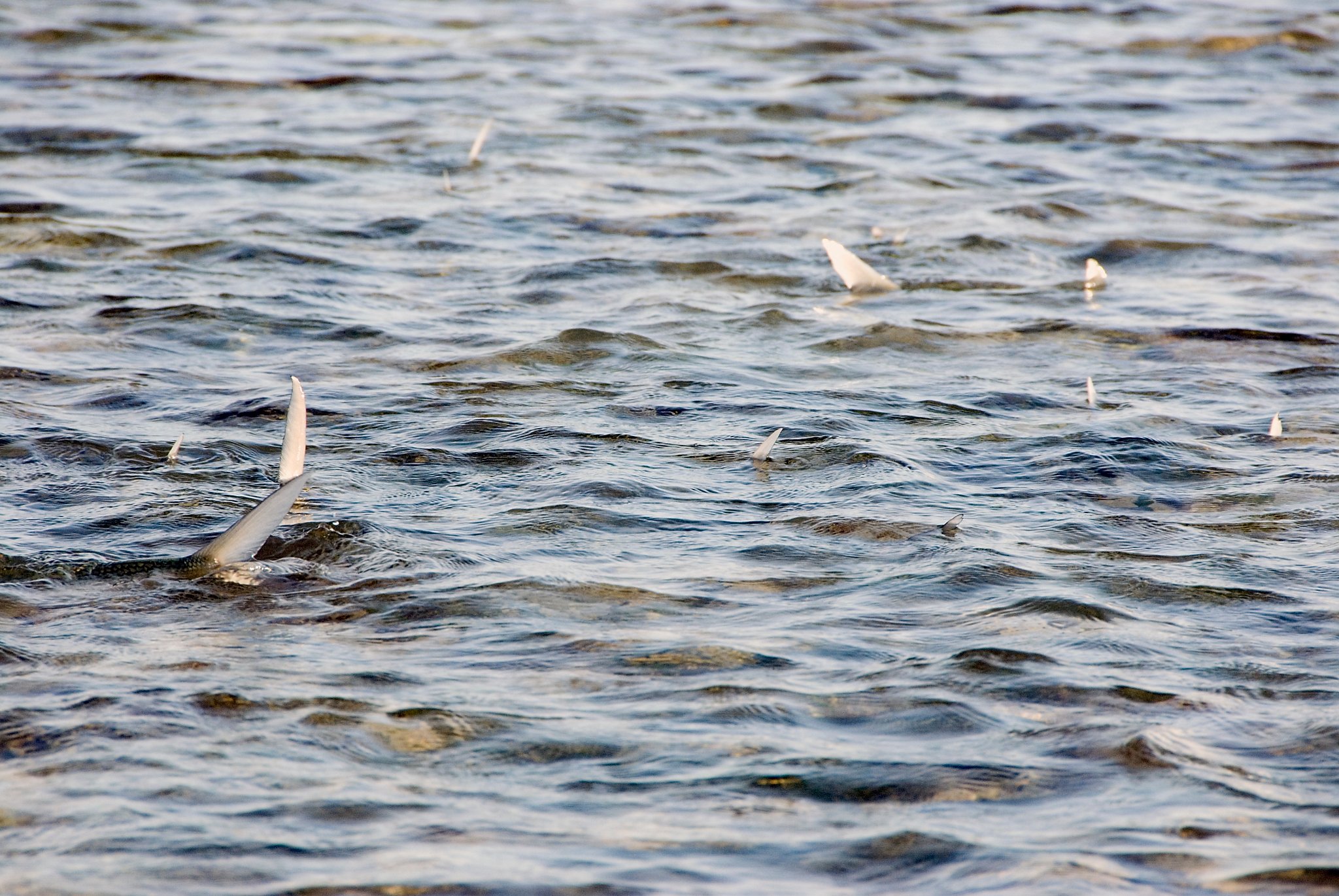

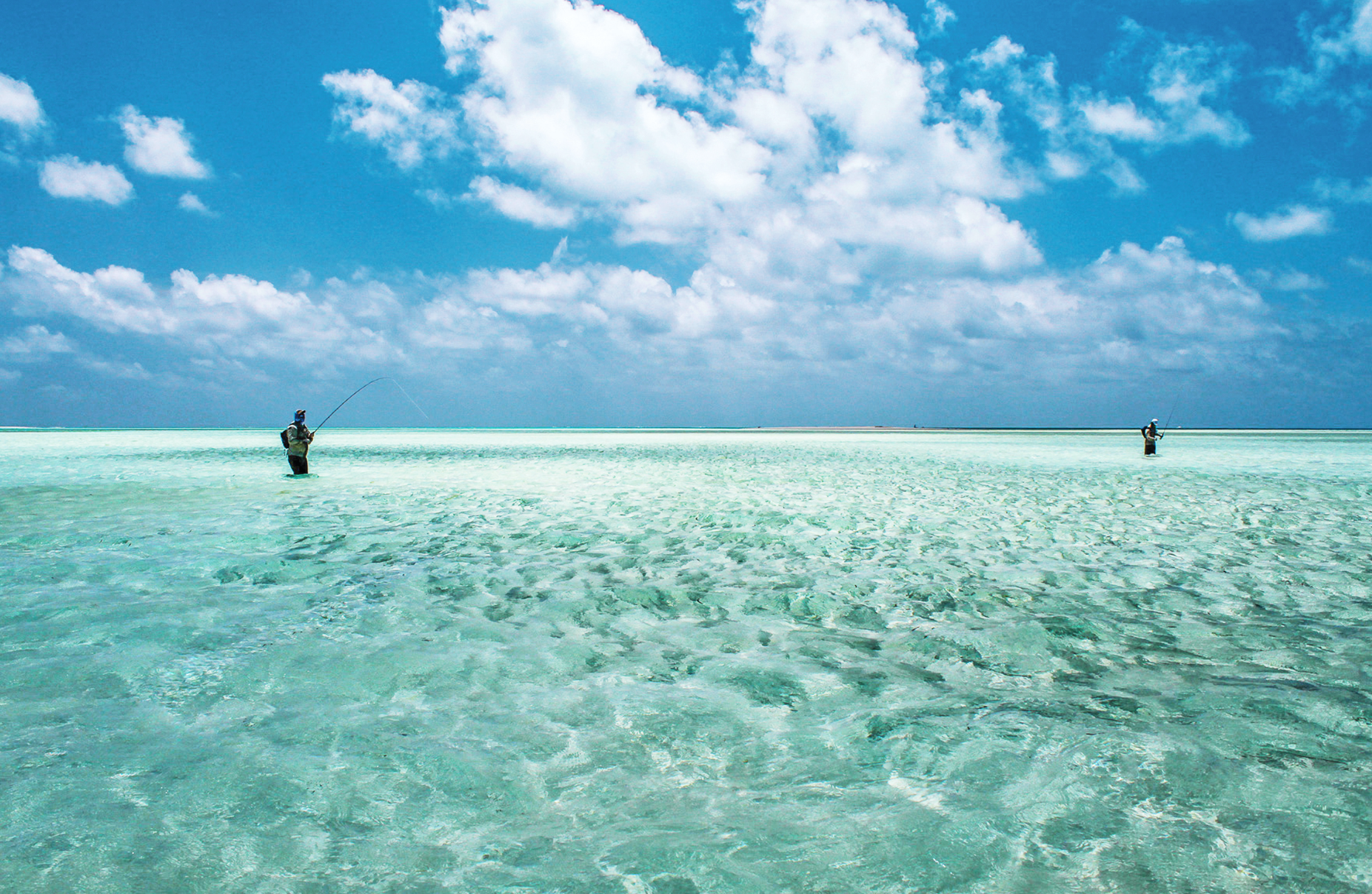

Bonefish Tips – How to spot Bonefish
Look For Movement
It is unusual to see the clear outline of a Bonefish when you first spot one. Bonefish are almost always moving and generally appear as dark spots, moving slowly and steadily. The movement of your boat (if you’re poling) and ripples on the water can make it difficult to tell whether the dark spot is moving. If you think you have spotted a Bonefish, find another object at the bottom of the water to use as a reference point. You can then compare the movement of the dark spot against this. A good pair of polarized glasses will heavily assist you in these situations due to they will remove almost all glare from the water’s surface, allowing you to effortlessly see into the water so you can spot more fish. While fishing for Bonefish, it would be too much of a task to scan the water inch by inch, however, the water surface will tell you much more than you think.
Nervous water
Nervous Water is something that all keen anglers will know, it is no different in Bonefish fishing than it is for any other type of fishing. nervous Water is a craft you learn and it’s an easy one to start with. First, if the surface was flat clam which it can be on the odd occasion, you can see every little movement in the surface film that shows up as small ripples. Now, these ripples can be down to Bonefish and would normally be down to the below three reasons, tailing fish, v wakes or flat spots. As mentioned on calm days these movements are easier to spot but train your eye and senses over time you too will be spotting Bonefish like a pro.
Tailing fish
The mouths of Bonefish are located on the underside of their heads, when these fish feed, they tilt themselves forward in the water which then reveals the tip of its tail out of the water. On calm days these can be seen like someone waving a flag at you, however, when the weather is not so kind with lack of sun and wind causing ripples it takes more of a raised eye to pick them out.
V Wakes
As bonefish move in shallow water, they can create “V” wakes which are large v shape trails in the water that are made by fish just under the water surface. They appear as a long trailing streak in bodies of water, which you can also use to tell the direction the fish are moving as the head of the fish will always be at the head of the V. Again these are very easy to spot in flat clam days but as you train your eyes you will learn to even spot these on windy days.
Flat spots
Flat spots are as the name suggests these are only visible on days that are not flat calm. A flat spot is caused usually by a fish or a group of fish swimming or turning under the surface in different directions. On days when there is either a slight or moderate ripple, this subsurface movement will counter react the movement of the waves thus creating flat spots in the waves, giving away the presence of the Bonefish.
Look Where You Can See
Though this may seem obvious, you should spend most of your time looking towards the direction you can see. Visibility in a direction will depend on the angle of the sun and the colour of the bottom. If you are struggling to look out at 100 feet then lookout at 50 feet. An occasional quick scan of areas with tough visibility never hurts however most of the time you should search the areas where you can see well. Don’t waste your time looking where you can’t see.
Follow Your Released Fish
If you haven’t spent a lot of time looking at Bonefish in the water, one Bonefish tip would be to take advantage of every opportunity that you get. One of the best opportunities arises when you or your partner has just released a fish. As the released fish swims away, try to keep your eyes on him for as long as possible. This is a great way to get used to how Bonefish look in the water at various distances.
Work with your guides
When you’re out on location, your guide is your best friend. They are highly trained in their locations and know what to do when it comes to spotting species for you, simply ask your guides to help you spot bonefish and you’ll be able to do it on your own in no time.
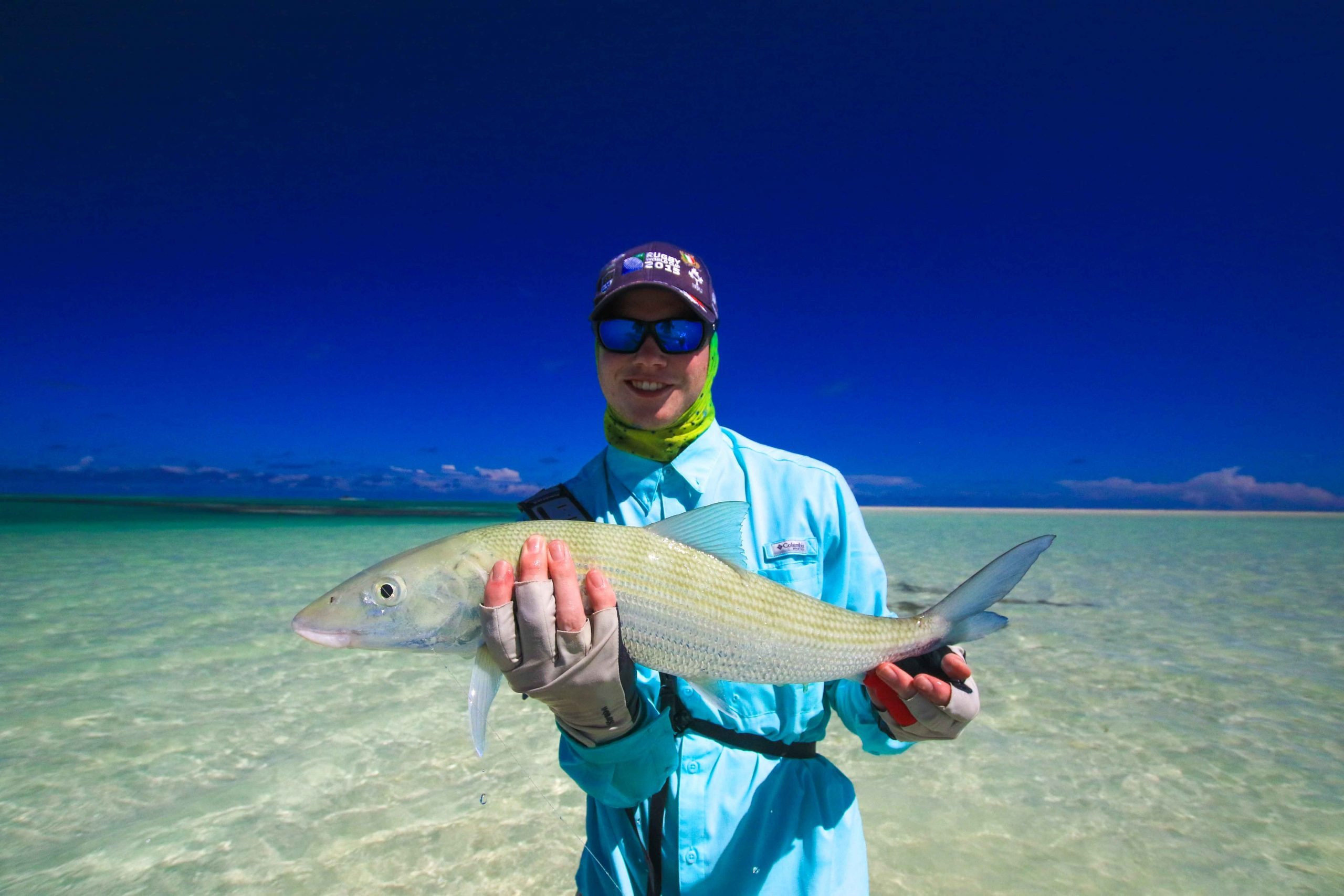

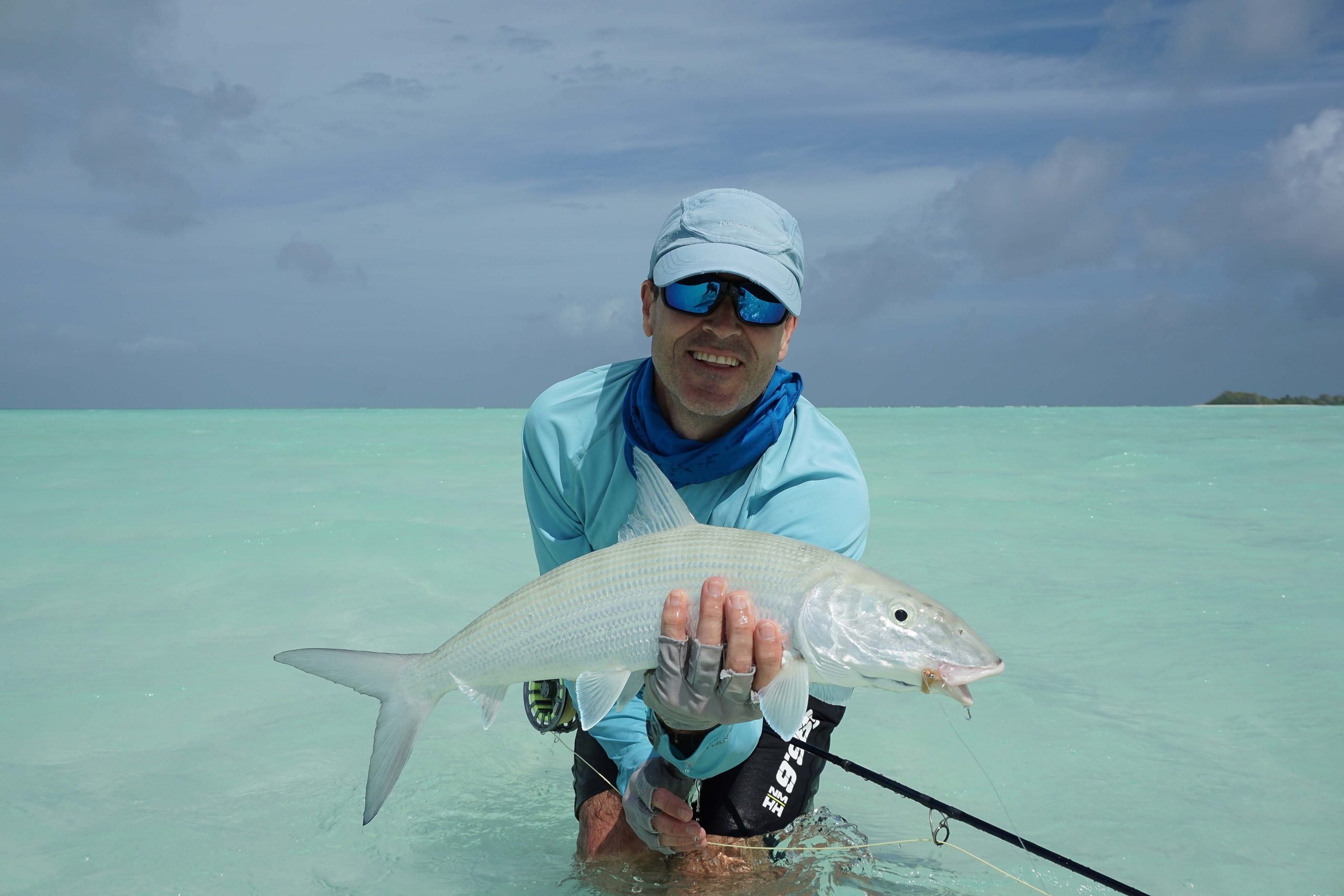

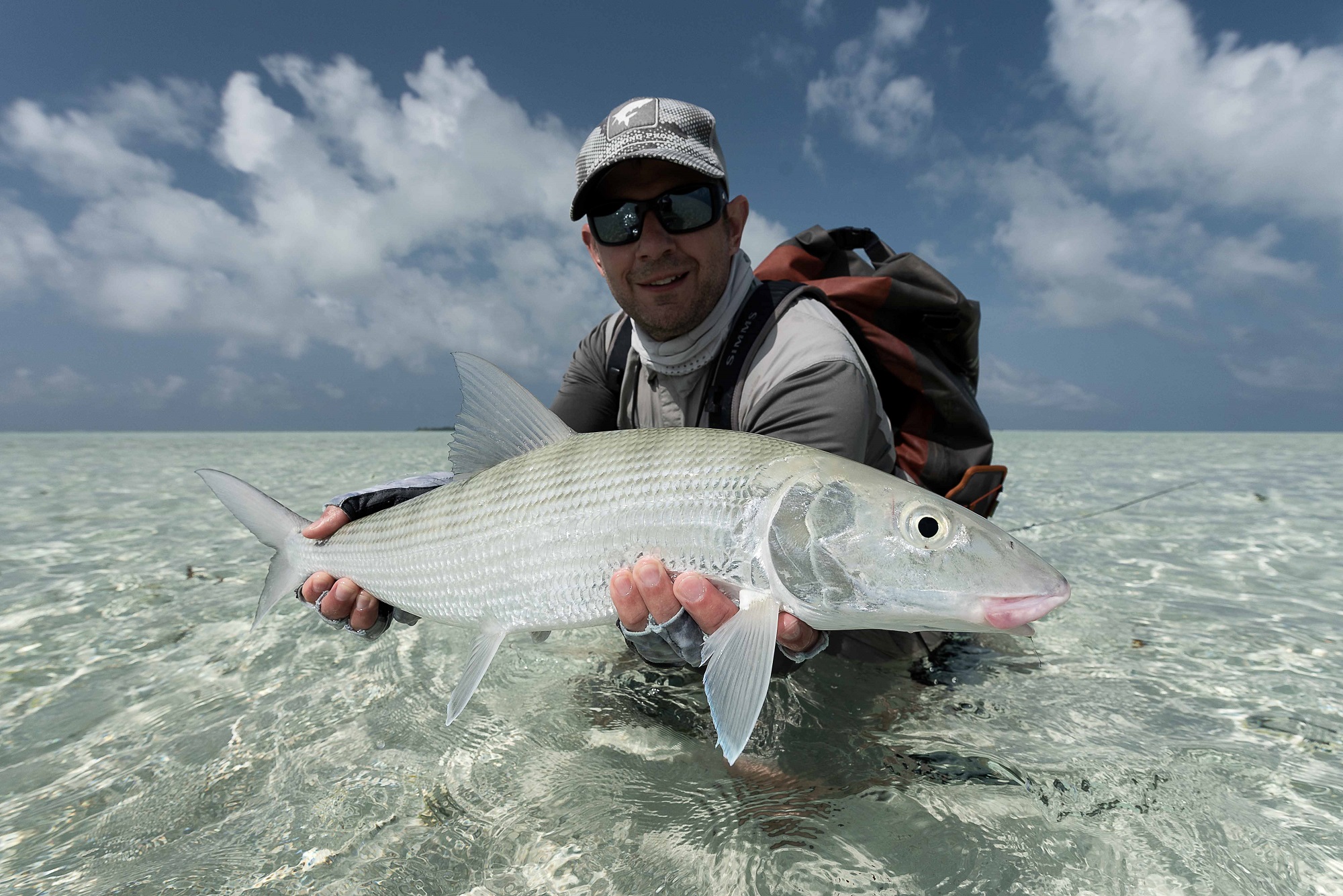

Bonefish Tips – How to catch Bonefish
Fly Fishing for Bonefish can be as technical as you want it to be. There are tides to take into consideration. Wind direction and speed. New tackle requirements and knots to master. Deciphering the nuances and habits of large fish, plus the infamous strip-set that continues to confound trout fly fishermen the world over. Thankfully, on all of our holidays you’re in good hands. Our veteran guides have the skills to find fish, but they also possess the patience needed to walk you through the process from perfecting casts to proper fish handling skills and everything in between.
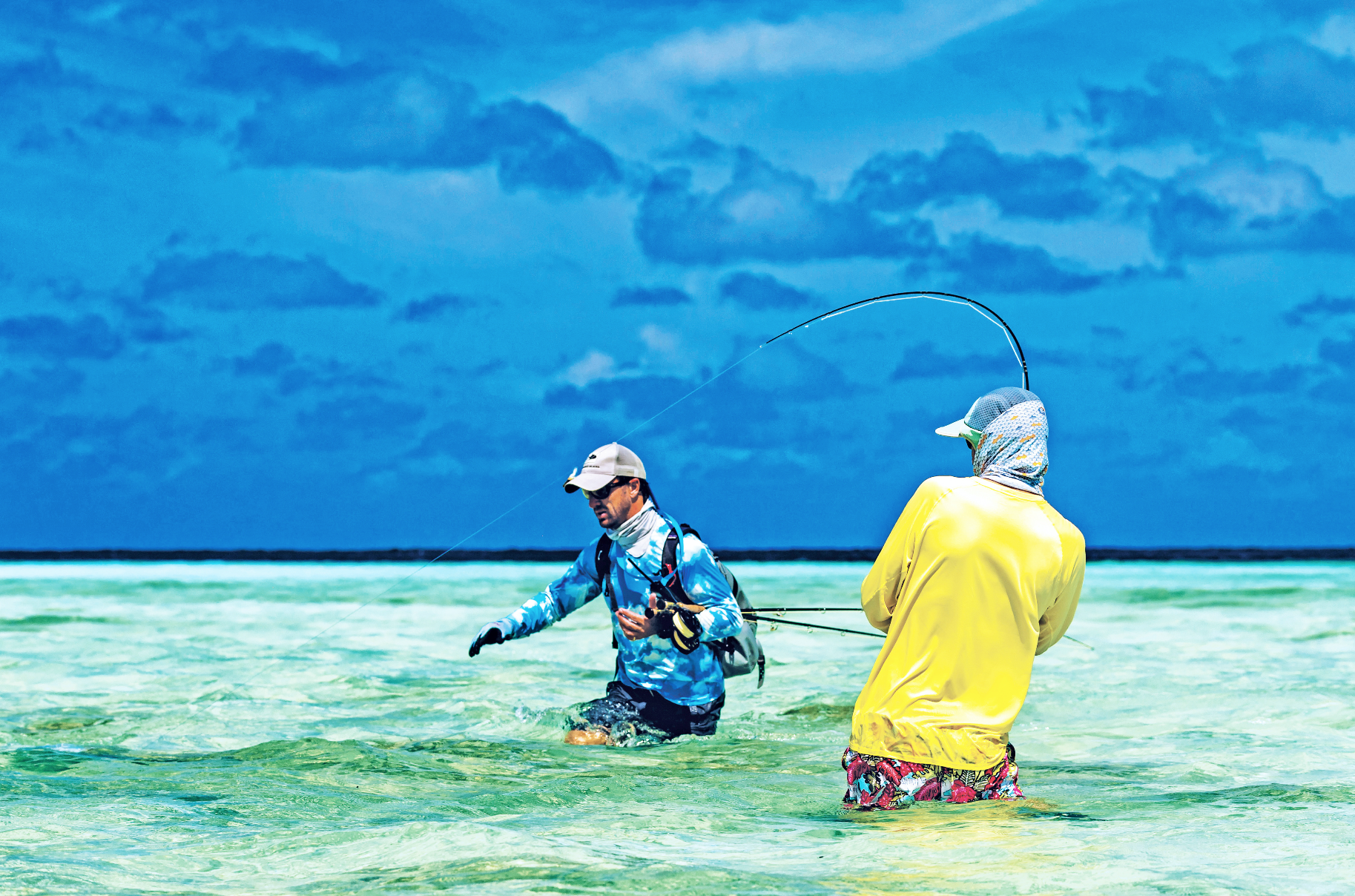

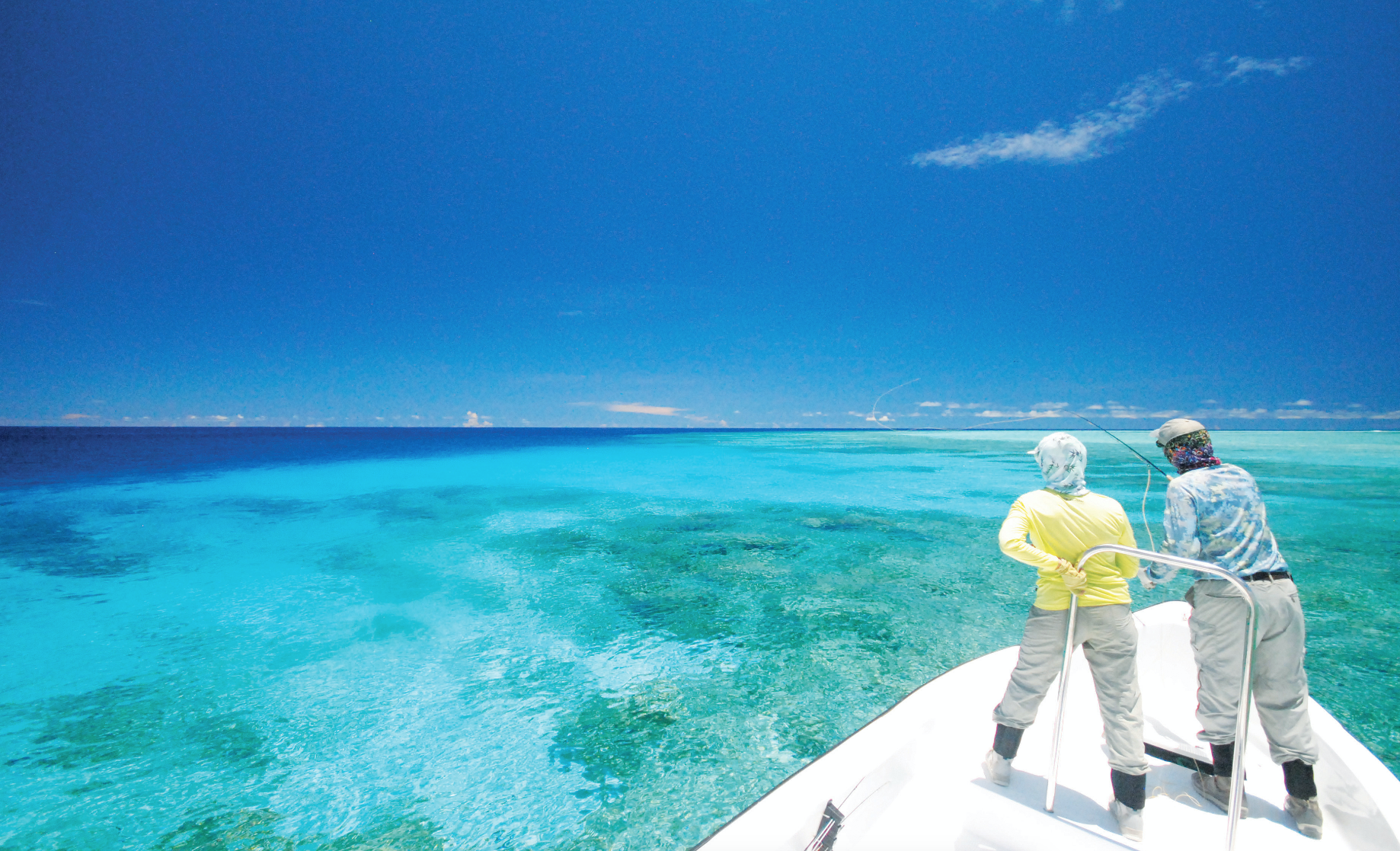

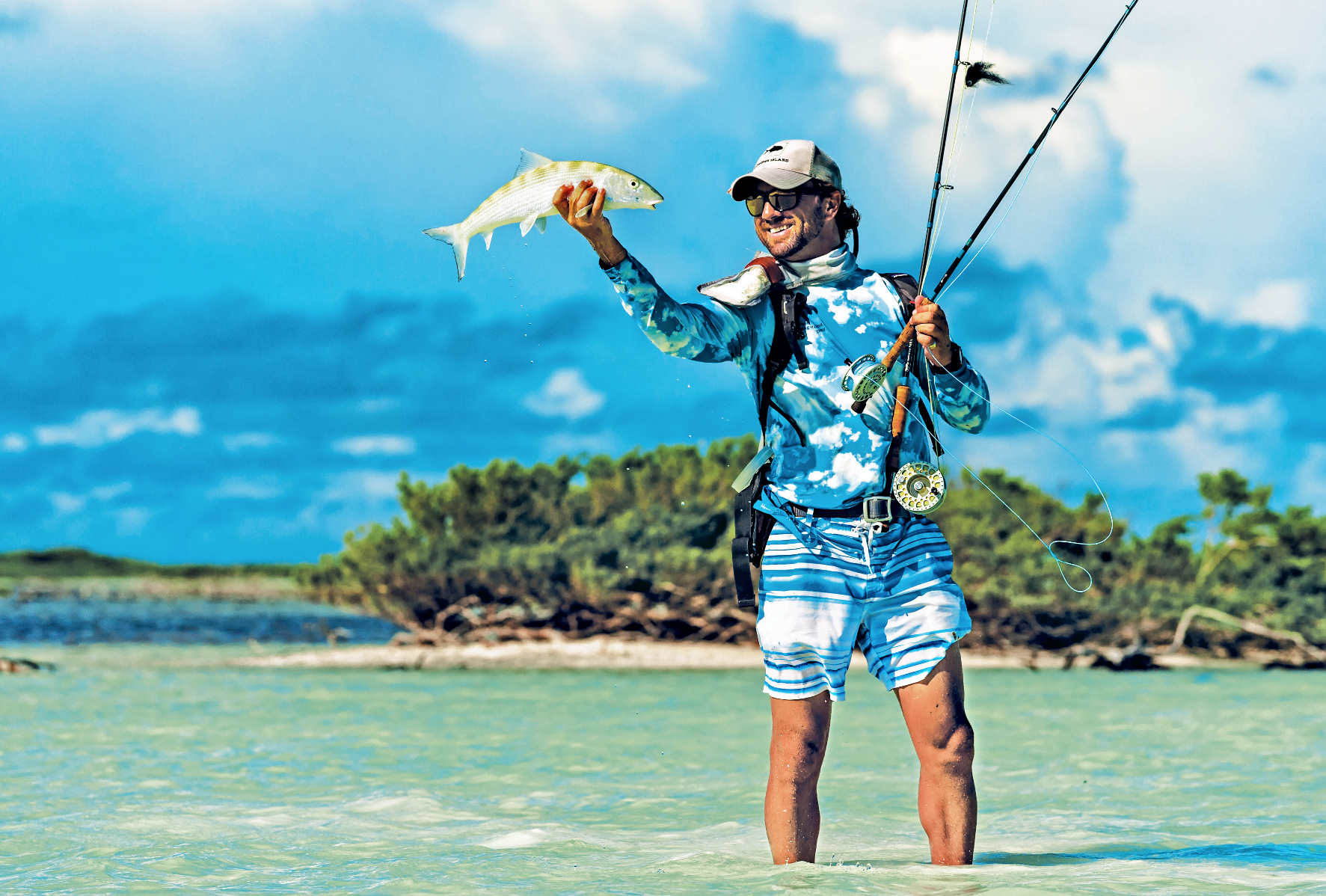

This is the biggest difference in many saltwater fly fishing holidays which results in you having either a fantastic holiday or just a frustrating one. Unless you are a very season saltwater flats angler and by this I mean you have at least done 20 plus trips fishing for Bonefish, you are going to need to rely on professional guides. I have never understood why people are preferred to travel halfway around the world and try to fish DIY to save on guides costs, to me it makes no sense. I personally value every minute I spend on the water and wish to maximize the time. I know there are costs involved, but 1 day guided in the right place at the right time and with your guide’s eyes spotting fish you will catch more than 1 week doing a DIY trip.
Tips for catching Bonefish
Below are some of our top tips for fishing for Bonefish; I hope they help some of you land a fish of a lifetime.
Adjust your fly to changing water depths
- Productive bonefish flies essentially come in three styles: unweighted; lightly-weighted (beadchain eyes); and heavily-weighted (with lead eyes to get deep, fast). Several factors tell us when to switch flies. First and foremost being water depth, Bonefish, for the most part, are bottom feeders. They are engineered to vacuum an assortment of crustaceans scurrying across the flat or buried within sand and turtle grass habitats via a top down approach. Accordingly, proper fly delivery means connecting with your quarry in this zone. Bonefish do not expect a shrimp or crab to attack them from above. And when you land your cast too close to the fish it will bolt. Instead, focus efforts on leading incoming bonefish by anywhere from 1 to 6 feet, closer for tailing fish, longer for cruisers. Also, give your fly ample time to sink to where a feeding bonefish expects to find its quarry. A good rule of thumb is your fly should touch bottom in no more 3 seconds. If you find your fly is not getting to the bottom fast enough, choose a pattern with more weight. For example, switch from a fly with beadchain eyes to one with lead eyes.
Intercepting fish is all about timing
- Once your fly is in the zone, it’s time to get it moving. The typical bonefish strip, with shrimp imitations such as Crazy Charlies, Gotchas, and spawning shrimp patterns, involves a smooth pull of your fly line followed by a quick stop, then strip-stop, strip-stop. Depending on how the fish reacts to your fly your guide will instruct you to “strip faster”; “strip longer”; “shorter”; or “stop the fly” until the fish inhales it, at which point you will make one final strip strike to firmly set the fly in the fish’s mouth.
Bringing your Bonefish to hand
- Once a bonefish is hooked, keeping a cool head through the next five seconds of chaos will help determine your odds of landing it. Focus on clearing the line from the boat deck or around your feet and through your rod guides in a clean and efficient manner. If your line gets snagged on your fighting butt, reel, or stepped on its likely game over with that particular fish. To ensure a seamless hook-set to line spinning off your reel transfer, spread your rod and stripping hands apart. Via your stripping hand lightly pinch the line, allowing it to run smoothly, as opposed to jumping, through your stripping guide. Once all the line is cleared off and safely on your reel, keep your rod tip up and let the fish run. Average size bonefish will typically take one or two long runs into your backing. Use side pressure, right and left with the rod, to turn the fish and tire it quickly. When releasing bonefish, it’s essential to keep the fish in the water. If you must take a photo, make it quick. Catch-and-release mortality increases exponentially the longer a bonefish is exposed to the air and handled.
When it comes to fly colour
- Theories abound: But in general pay attention to your underwater surroundings. Small prey species tend to match the colour of their natural environment in order to camouflage themselves from larger predators. Your flies, too, should follow suit. In the Marls you typically fish tan and buff coloured flies to match the sand flats. Spawning shrimp patterns such as the Puglisi and Peterson’s have been top patterns in recent years. Crab patterns are also good bets for both bonefish and permit that frequent the flats. When tied in smaller sizes (#2, #4, and #6), they’re more enjoyable to cast and perform well on medium to deeper flats. A couple of my favorite patterns include the Bauer Crab, Merkin, and Kung Fu Crab. If your next shot is going to be a crapshoot between bonefish, permit, or mutton snapper, tie on a crab and effectively cover your bases.
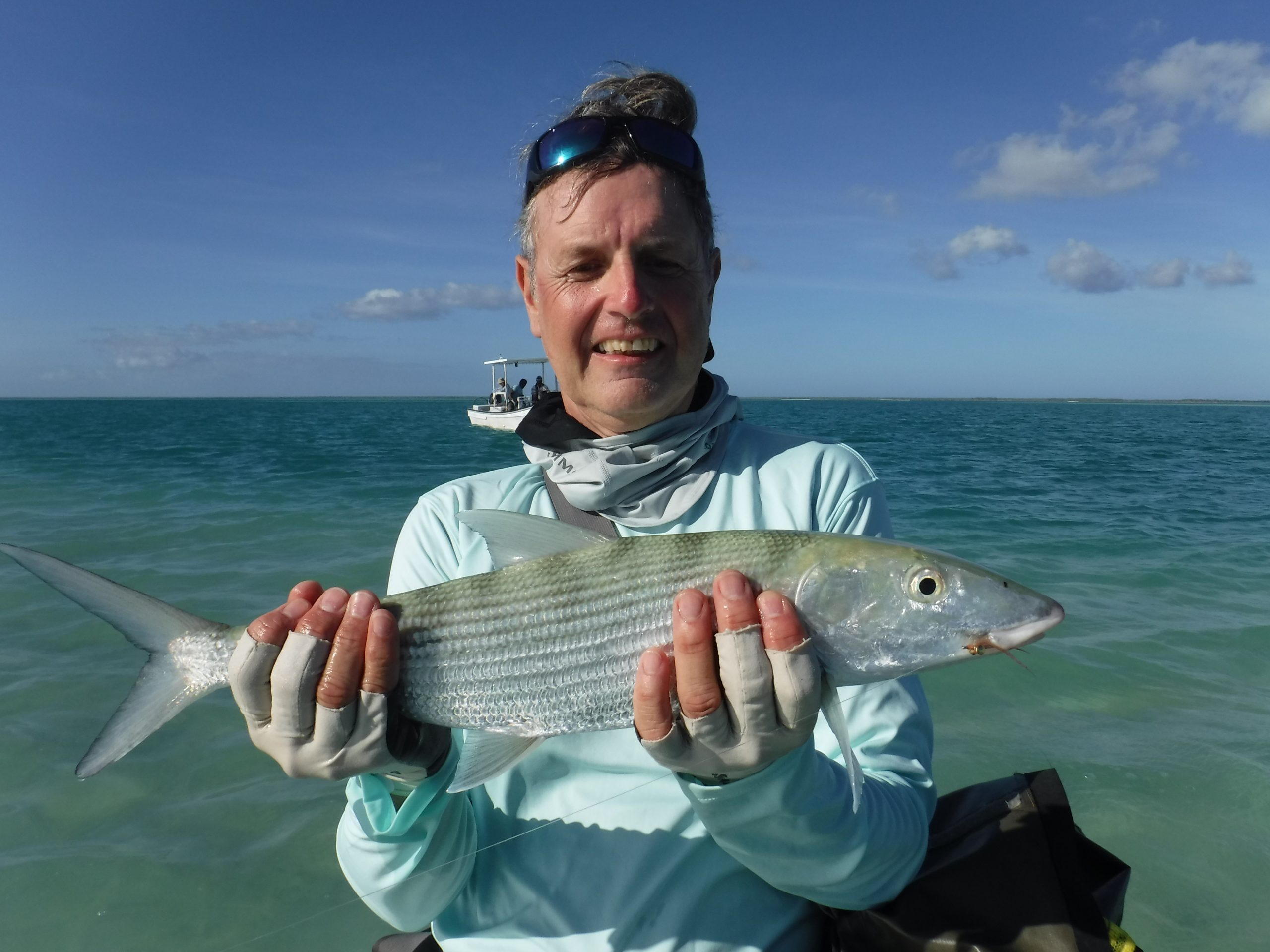

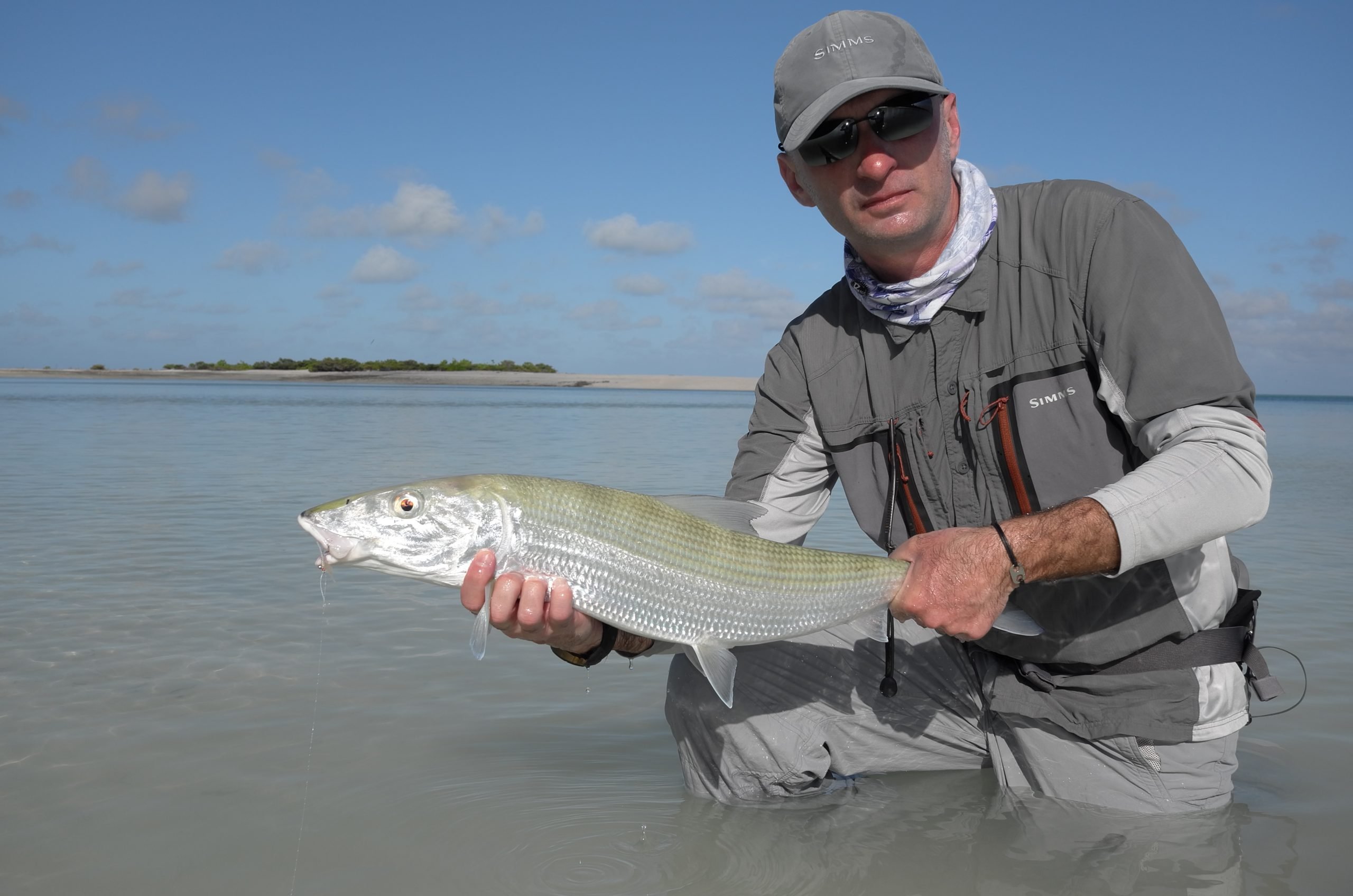

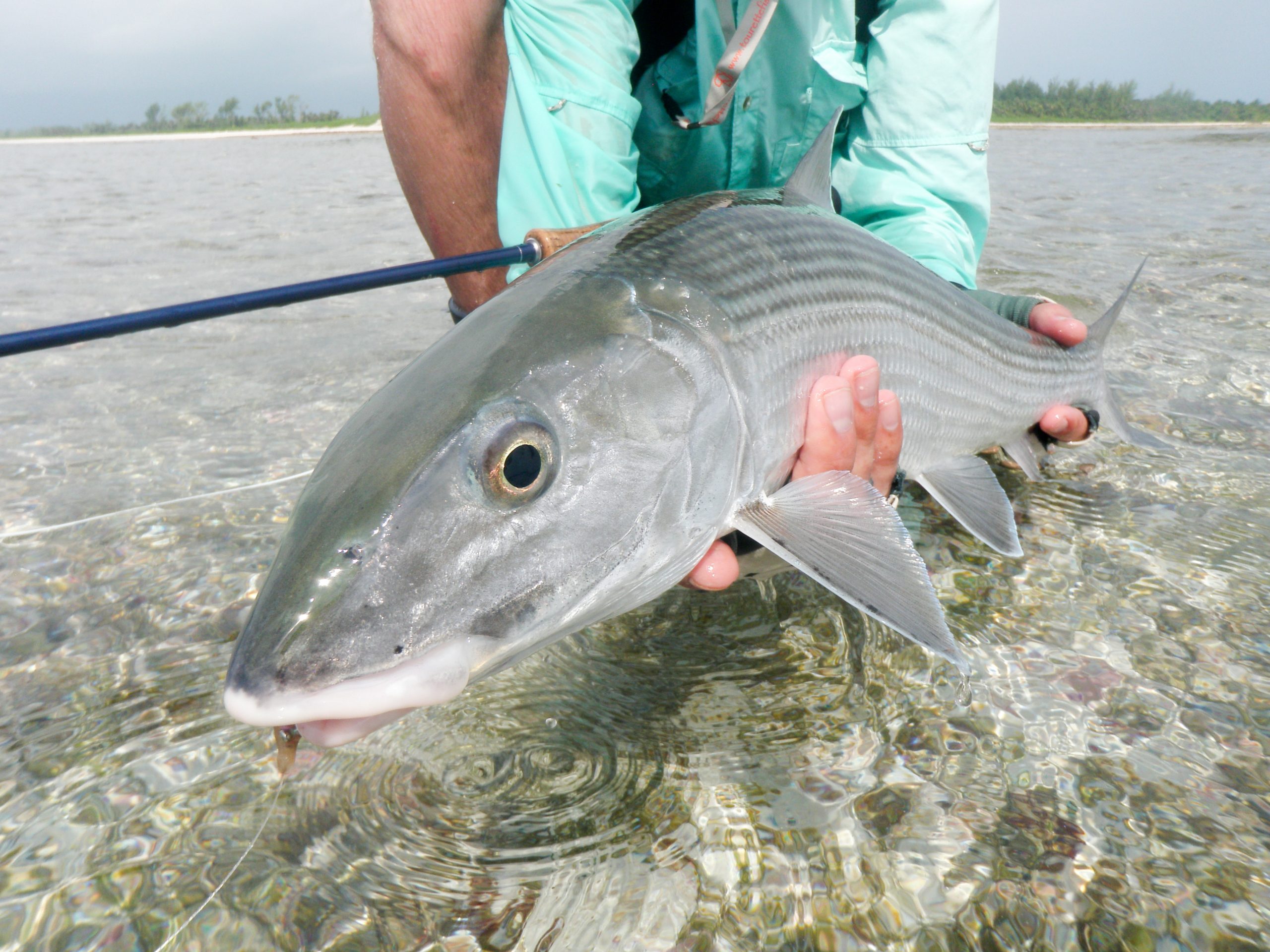

Bonefish Tips – Where to catch them
That is the million-dollar question, however, we have made it very easy for you. All our Bonefish destinations are all tried and tested and we only offer the best lodges with the top guides. To see all our Bonefish destinations Click Here. You can also find our dedicated Bonefish fishing playlist here on our Youtube.
Alphonse Island – Seychelles
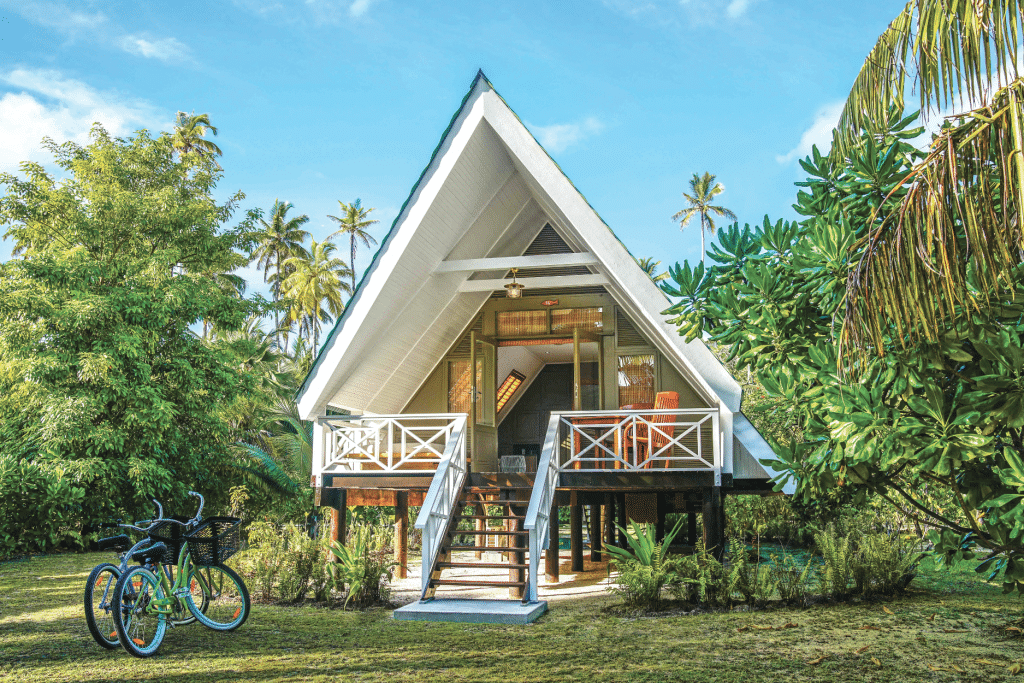

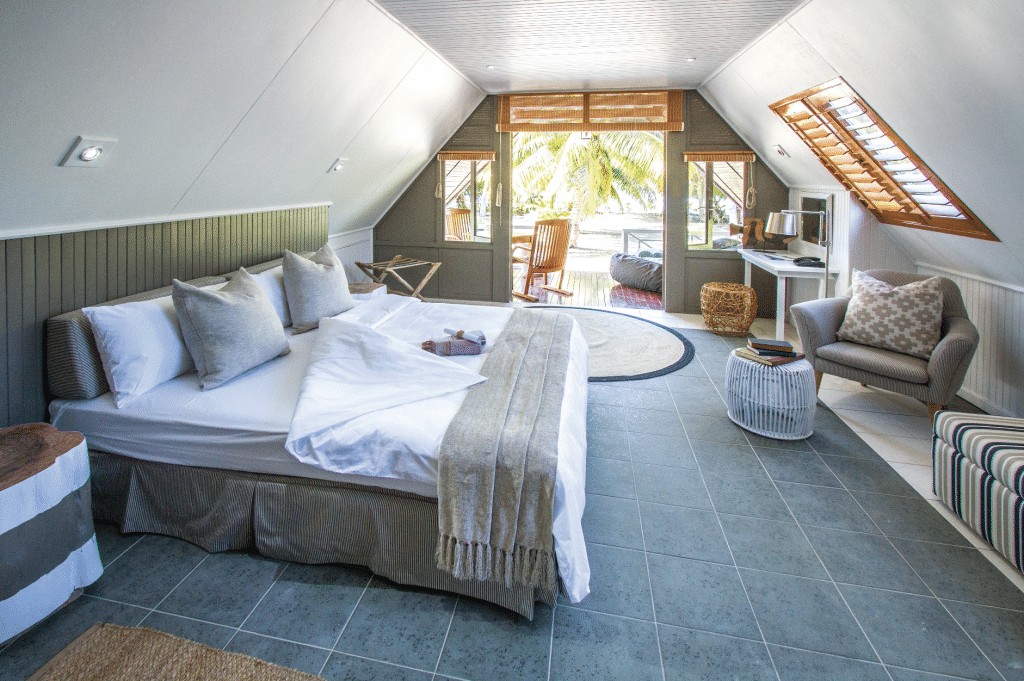

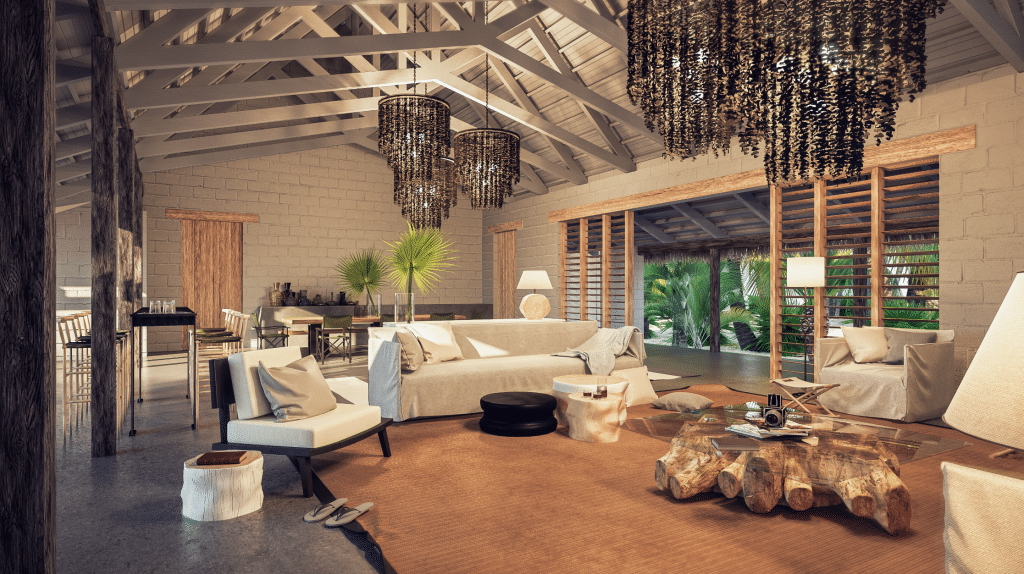

The Seychelles has become the mecca for saltwater fly anglers but one location stands out above the rest, the Alphonse group. The Alphonse group is considered one of the most desirable saltwater destinations in the world. It is a paradise for fly fishing anglers due to its pristine waters and exceptional variety of saltwater species.
On our Alphonse Island fishing trip, you will enjoy 8 hours of fishing each day, based on 2 anglers per one guide. Guiding takes place on a rotational basis, allowing anglers to experience all facets of the fishery and to fish with a different guide each day.
Fisherman Lodge – Mexico
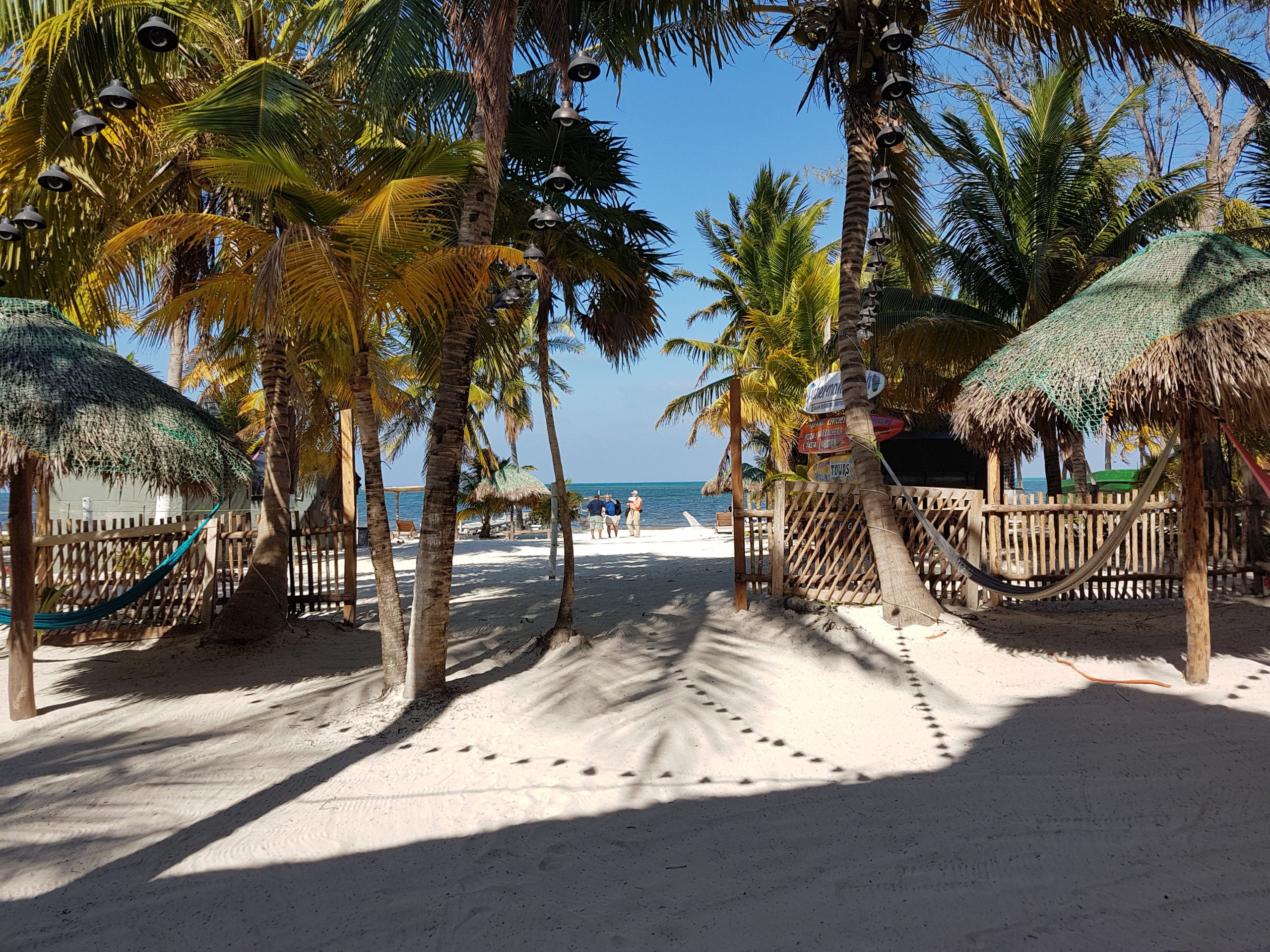

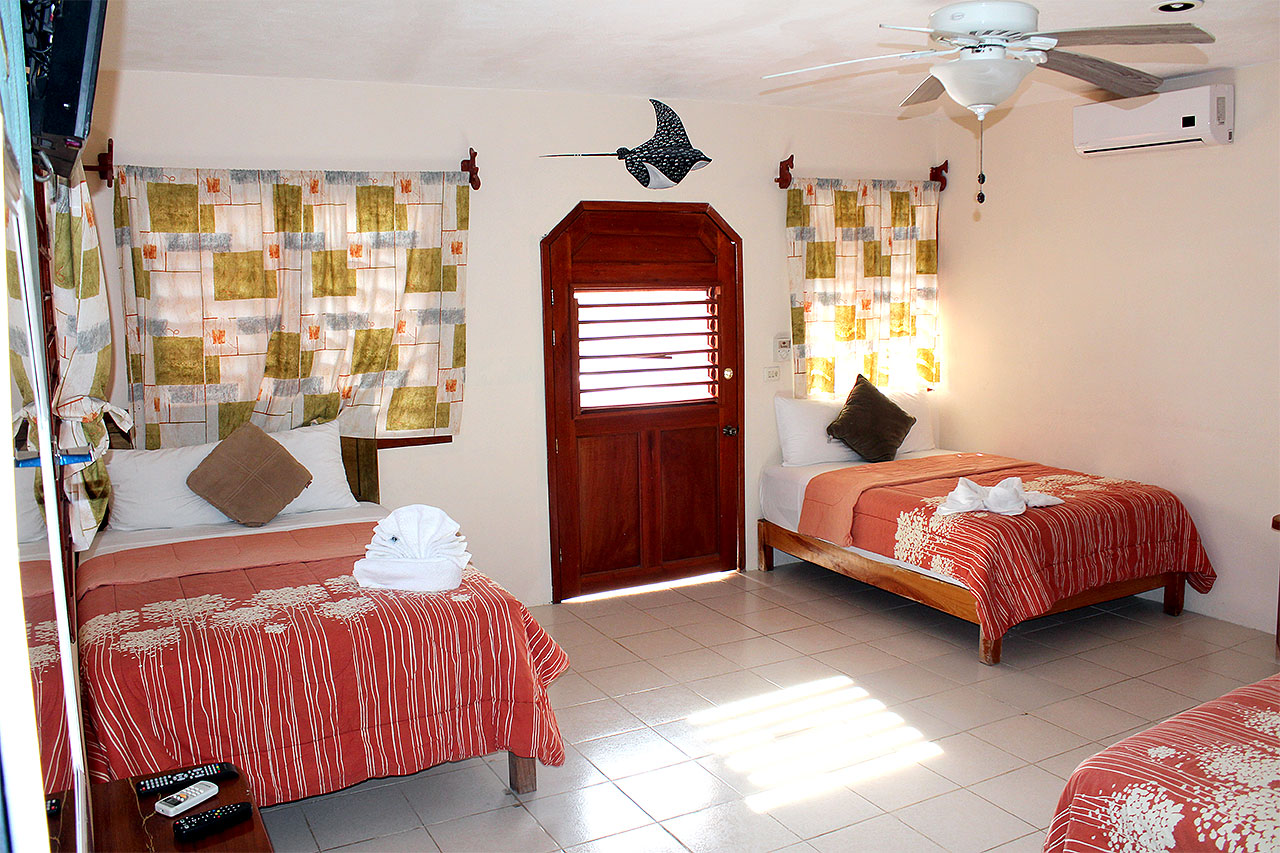

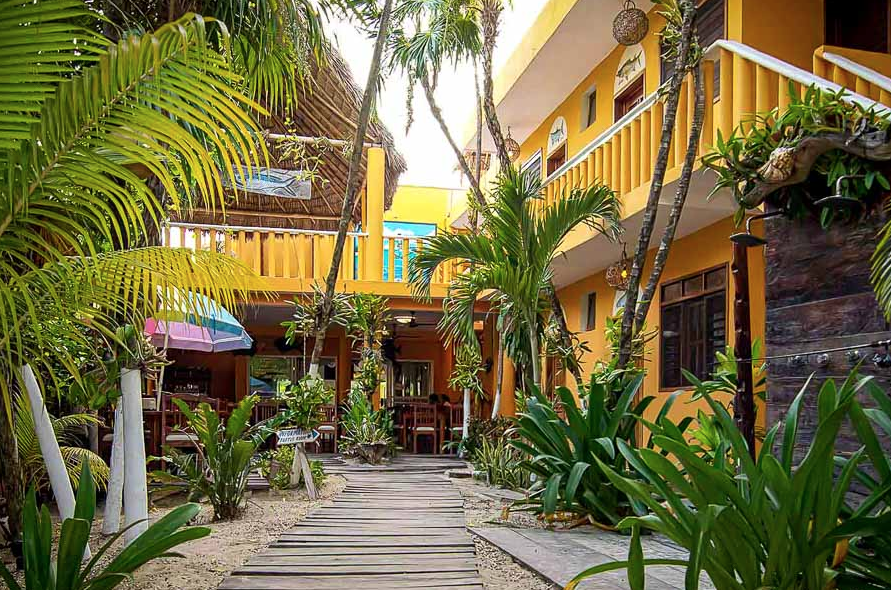

Fisherman Lodge is the perfect place if you are looking for superb fishing in one of the most pristine areas that you can cast a line. Having individual guides means that targeting grand slams is that much easier as you can concentrate on particular species on different days. This is also an amazing place to take any non-fishing partner as the range of other activities that are available in this tropical paradise are numerous and absorbing.
Ikari House – Christmas Island
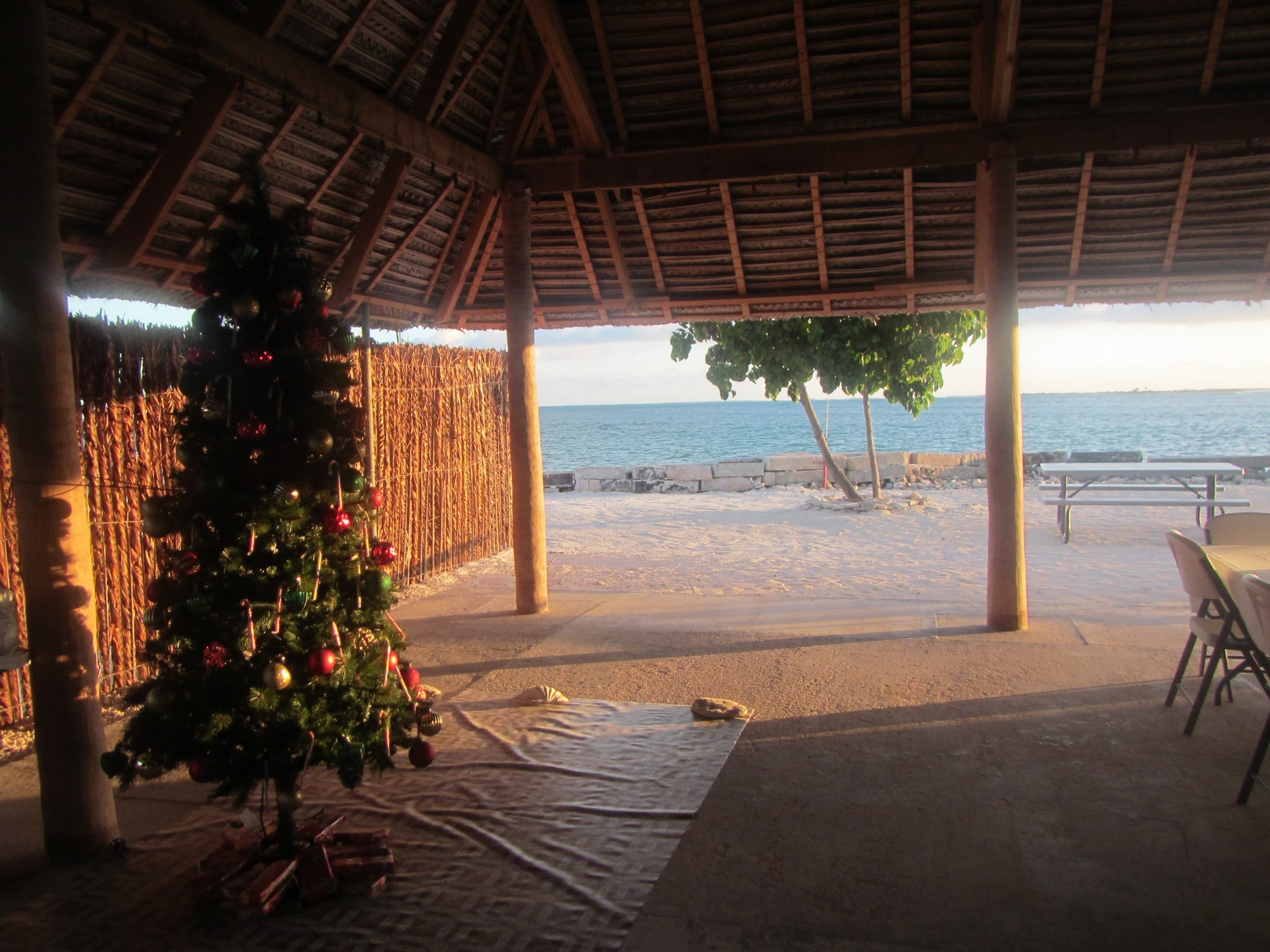

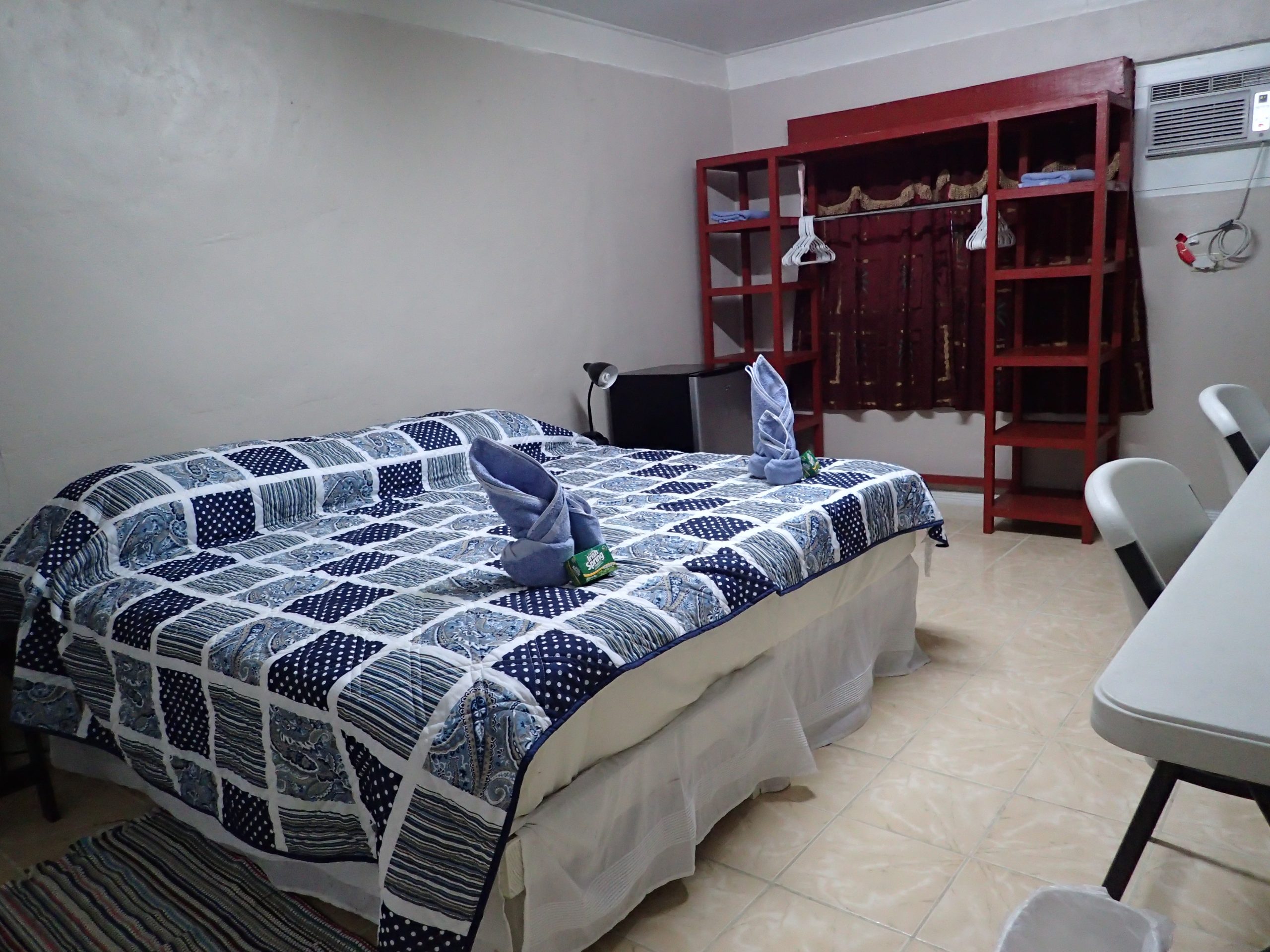

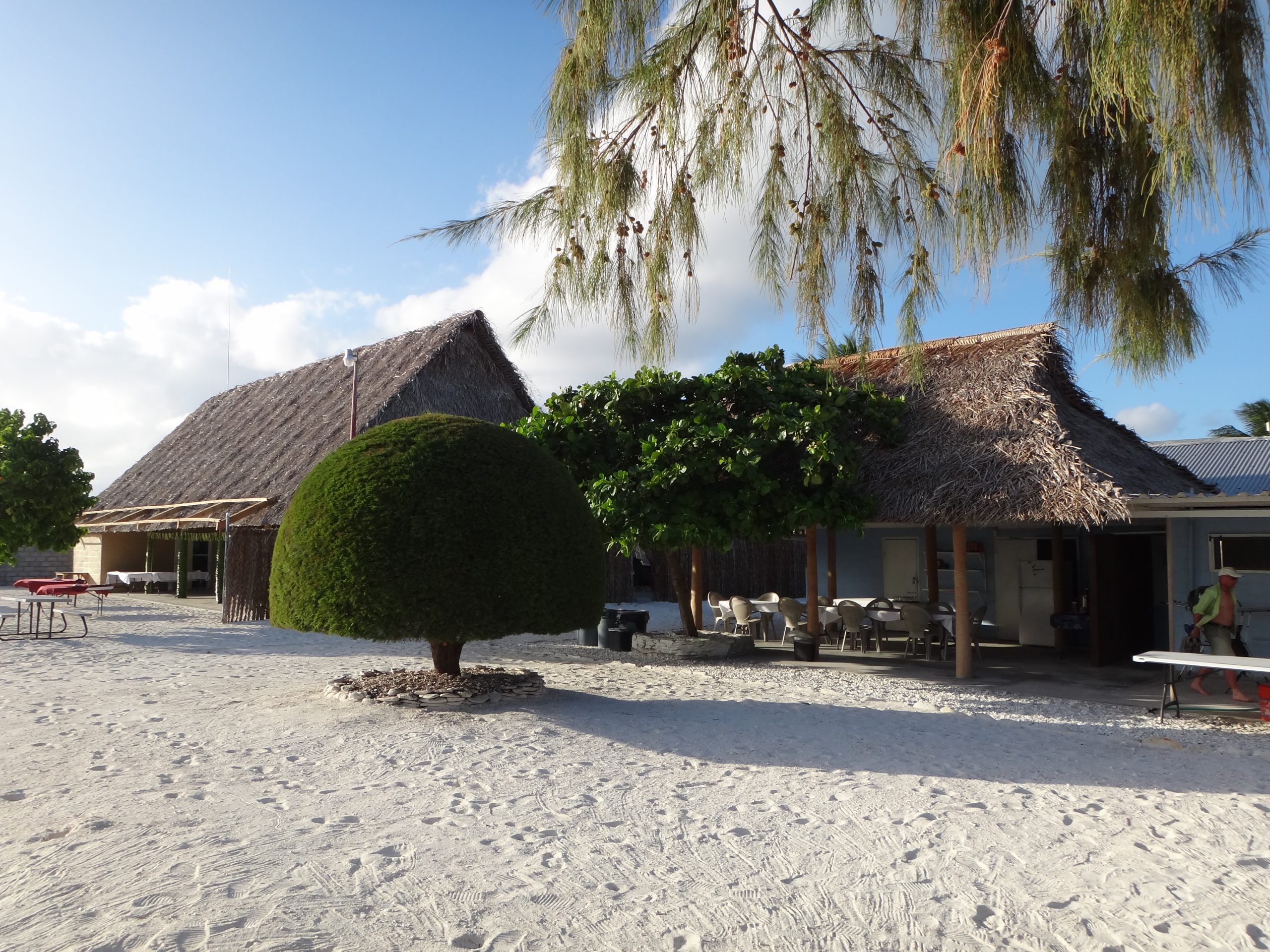

Christmas Island, also known as Kiritimati, is the largest coral atoll in the whole world. Within its land mass is a huge internal lagoon littered with shallow flats and connecting channels with over 48 km of shoreline. Christmas Island was once considered the place to fish for Bonefish as the sheer numbers are staggering but over the last few years, it has also developed into a mixed fishery.
For anglers wishing to concentrate on the fly fishing, Christmas Island has everything for both complete beginners right through to more experienced anglers for a vast array of species. These species include amazing numbers of Bonefish. Even novice anglers can easily learn the craft of fly-fishing and catch 10 plus fish a day. For the experienced fly angler, the opportunity to cast your fly at large Bonefish also awaits.
El Pescador Lodge – Belize
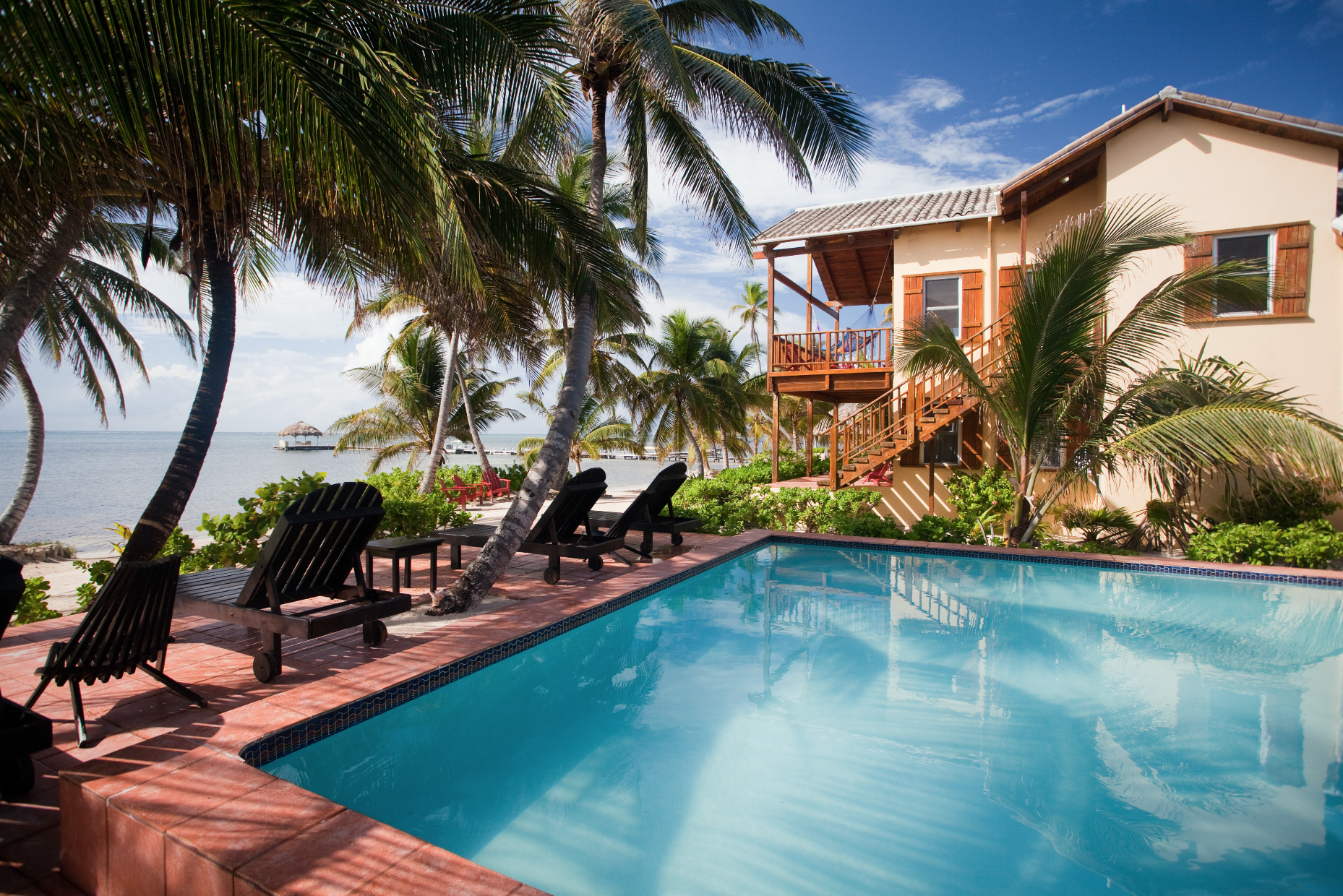

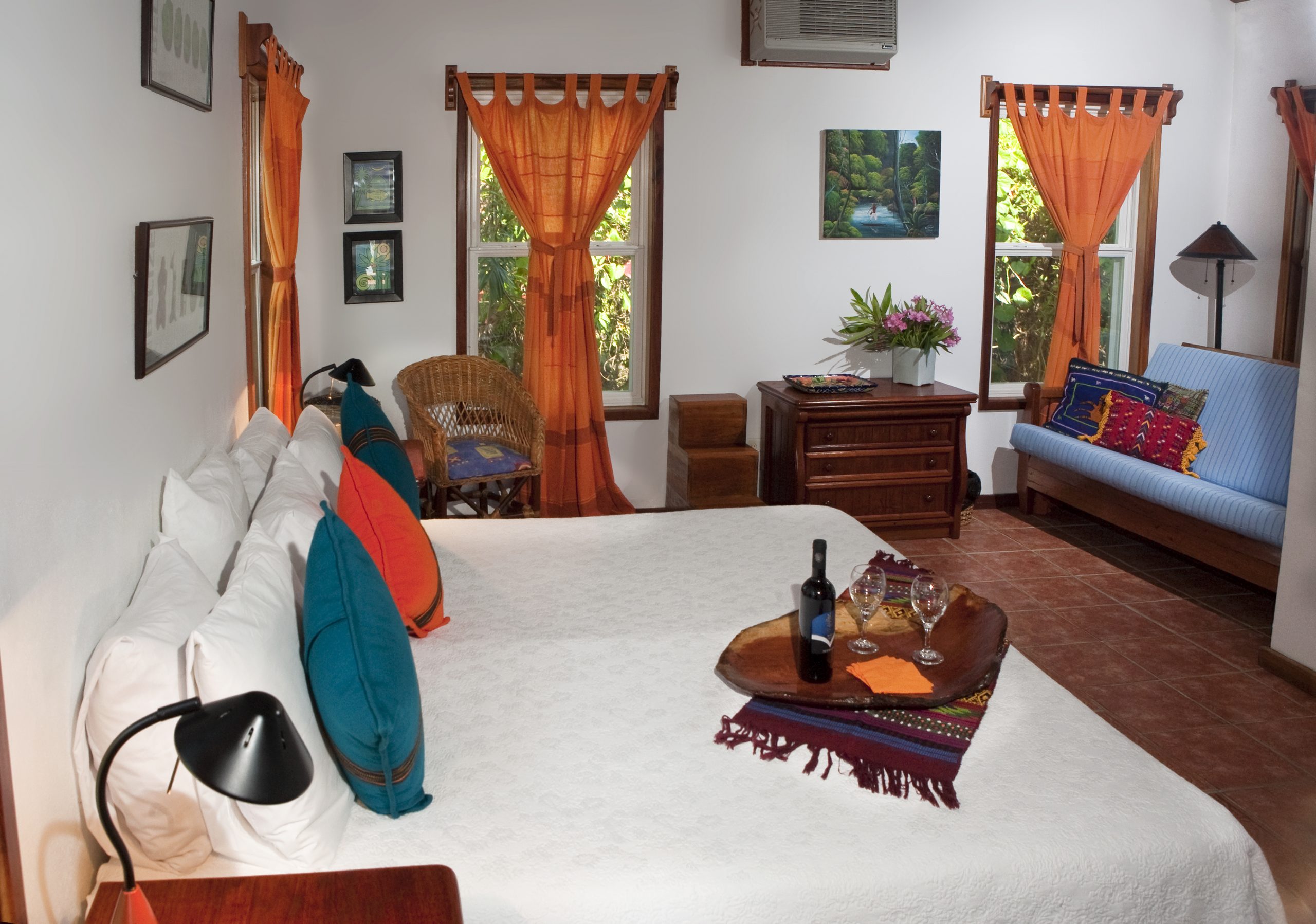

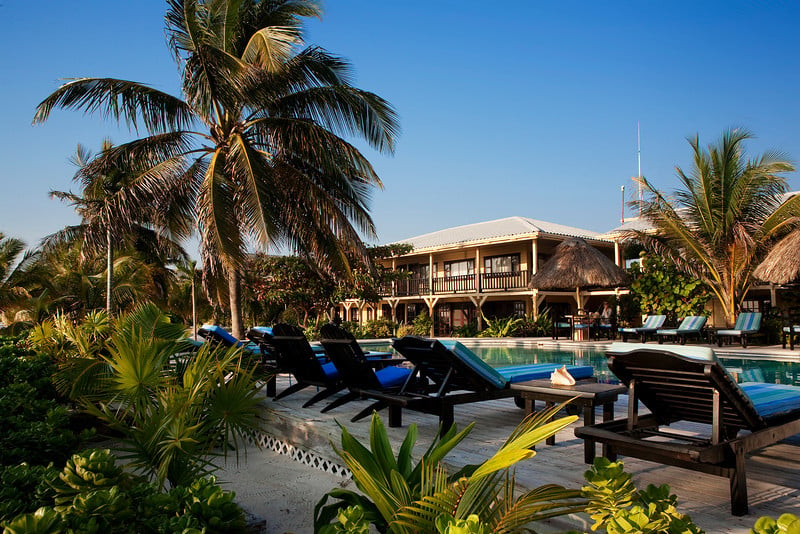

This family-run resort on the beach of Ambergris Caye welcomes you to the best in adventure and accommodations. You can choose from a standard hotel room in the main lodge or a private 1, 2, or 3 bedroom villa accommodation.
When fishing the vast flats around El Pescador you will have the option of targeting different species on the different flats. There is an abundance of Bonefish, you will be spoilt for choice with some of the most superb Bonefish flats some of which are only two minutes from the hotel. These fish average 5-7lb and a 9ft 7# rod will be the perfect tool to cast a mix of classic flats fly patterns to tailing groups of fish.
Turneffe Flats – Belize
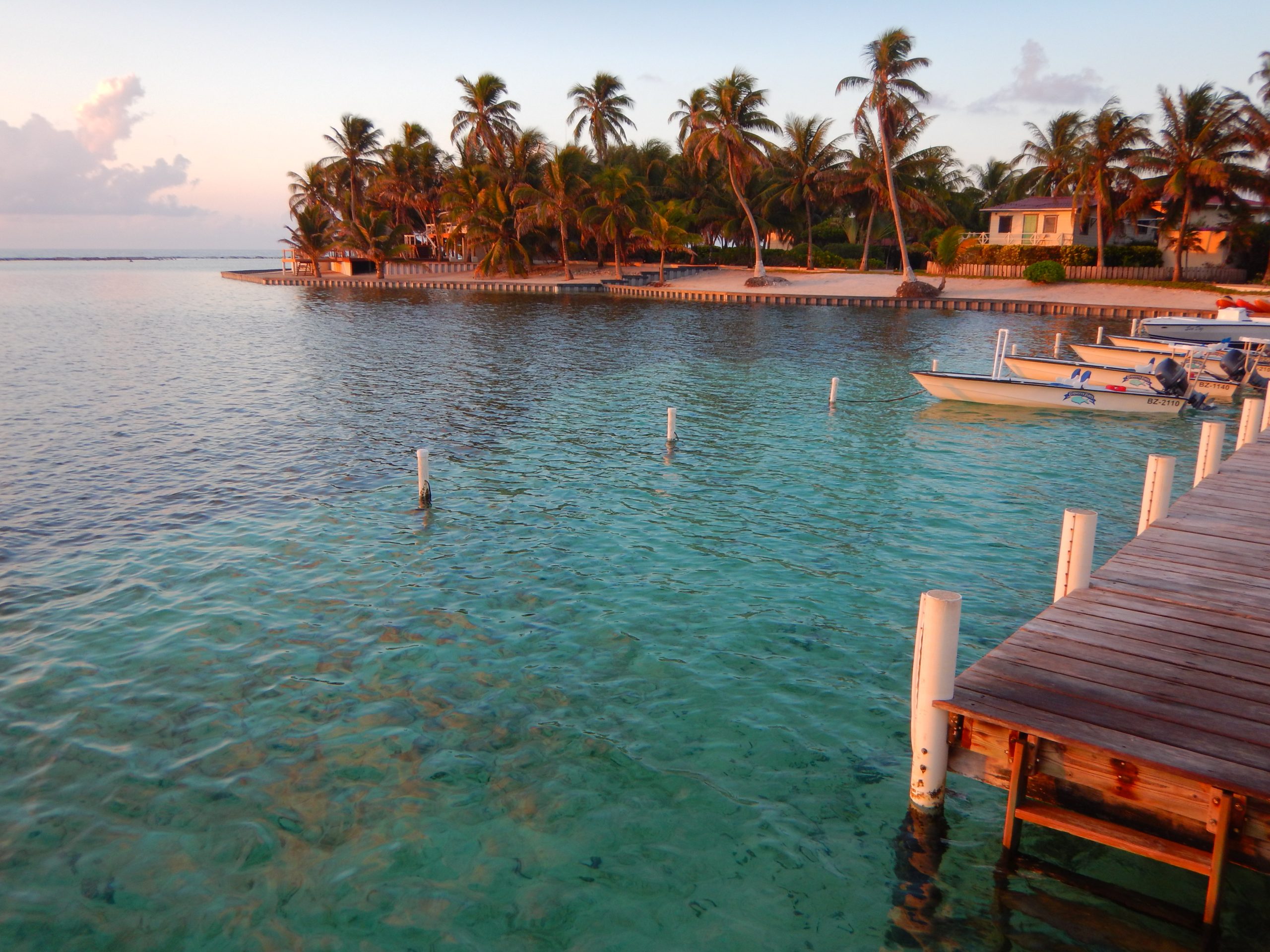

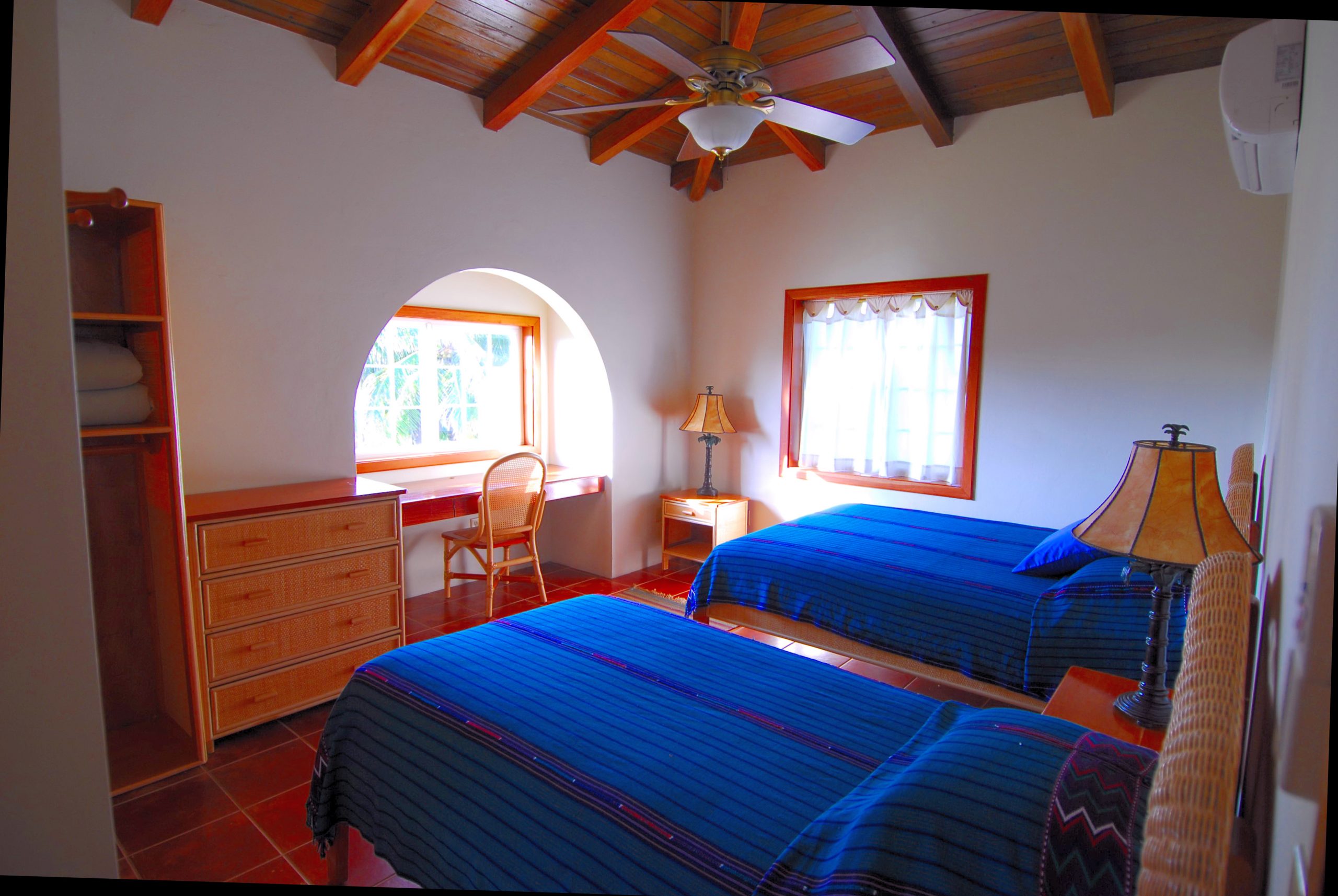

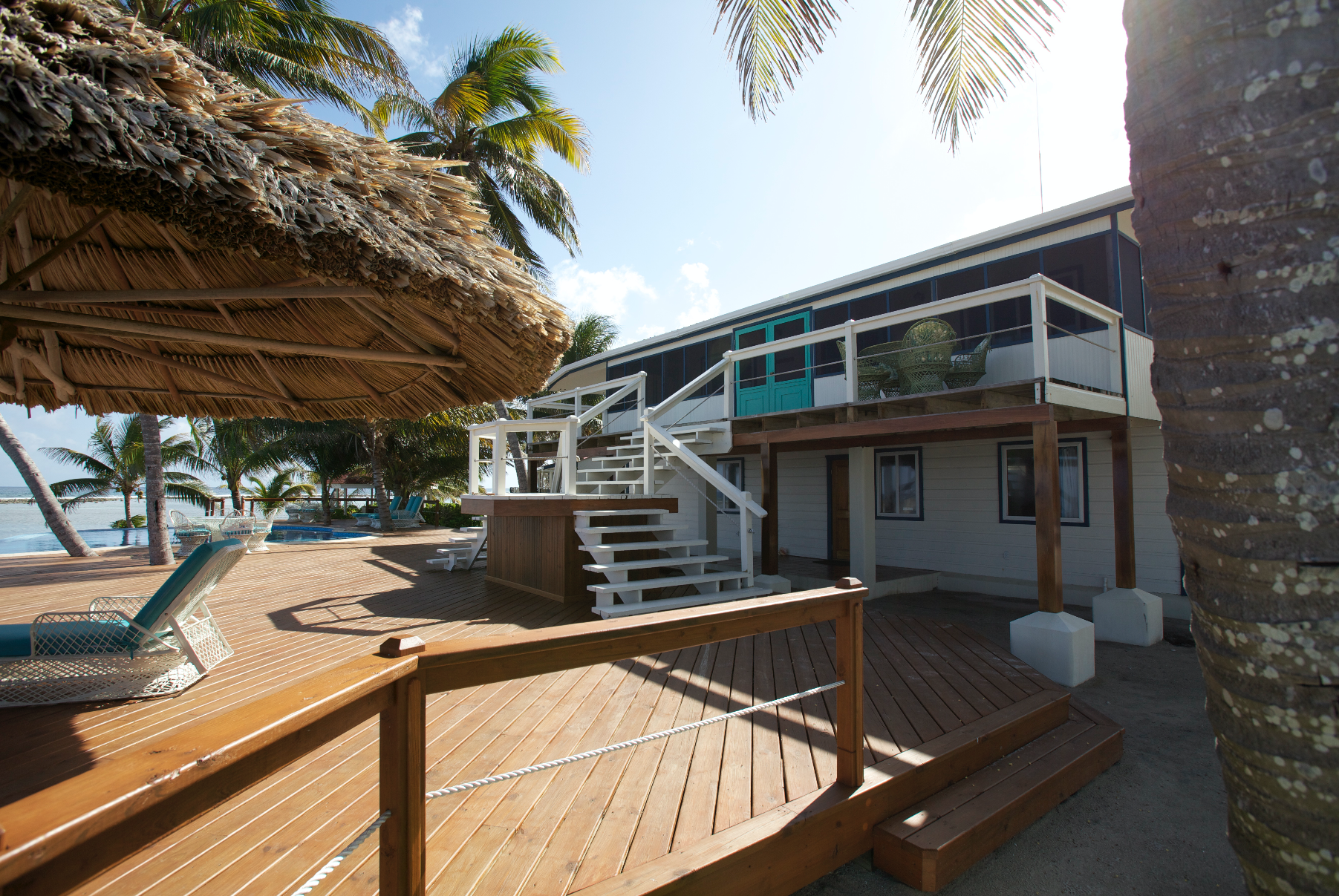

This stunning picturesque resort was founded back in 1985 where they welcomed the very first guests and since then the resort has grown into what people now see. The social centre of Turneffe Flats is the Main Lodge, which provides incredible views from the upper and lower decks. This makes it a favourite spot for many customers to relax. At Turneffe Flats you also have a choice of three accommodations.
For more than 30 years this resort has built a huge reputation within the saltwater fly community due to the ability to sight-fish for Permit, Bonefish and Tarpon on any given day making Turneffe Flats one of the few places where a Grand Slam is always possible. Turneffe Atoll is the largest Atoll of only four coral atolls in the Western Hemisphere and is best known for its wide array of saltwater fishing.
Tight lines,
Peter
Contact us
Do you like the sound of fishing the flats for Bonefish? Looking to tackle some Bonefish on the fly? Have any Bonefish tips yourself? Take a look at our bespoke Bonefish tour pages here.
Take a look at our fly fishing holidays to learn more. You can contact our fly fishing team via 01603 407596 or by emailing peter@sportquestholidays.com. Our experienced team will be happy to help answer any queries you have regarding trips or even more Bonefish Tips.
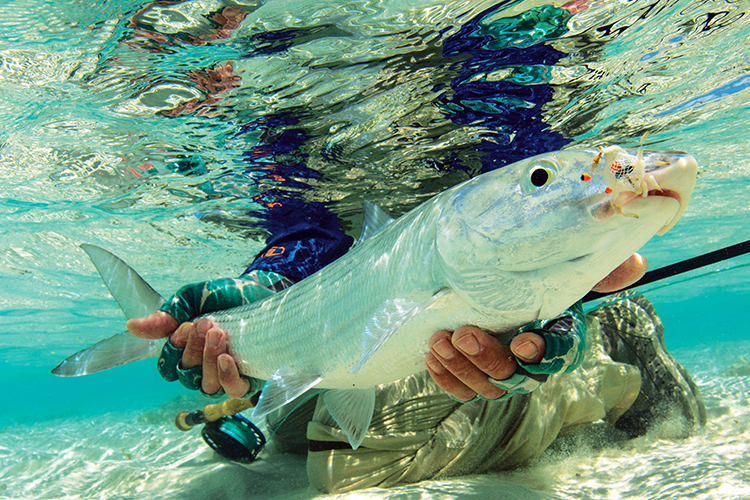
9 comments
Great bit of advise there peter. I’m sure a lot of people who have read this will take something away from it. Peter spice. You’ve nailed it on the head.
So who won the “spot the bonefish competition” then. Not me I’m afraid.
What are the symptom’s of Bonefish Fever then cos I have this nagging ache in my heart and right arm. Thought it might be a heart attack but it goes away when I dream about Christmas Island or Belize!!!!
Morning, i m planning a trip to Jamaica ( near Montego Bay)and was wondering if there is Bonefish there and if you know of any guides. Thanks for youre help !
Yves
Yves, Hi I would not want to give you any wrong advice. I am afraid the simple answer is I do not know. Hopefully someone on our website will be able to answer your question.
Regards Peter
Thanks Peter, some great little bits in there of which I’m sure I will be able to utilise next month 🙂
Speak to you soon
Darren
Darren looking forward to it, I will have to start to get the hotel at Heathrow sorted so we are all together the night before.
Regards Peter
Thanks FM, lets hope it helps just someone, I am sure it will.
Thanks for all your support buddy, hope to see you soon and do some fishing 🙂
Regards Peter
Peter, nice little piece and so true about both the guides and sunglasses, if people only took those two bits of advice they will catch more fish. Love what you guys are doing. Tight Lines FM
Search
Categories
Latest blogs
Saltwater Fly Fishing Seychelles – Availability
Seychelles is a jewel within the Indian Ocean, a tropical paradise consisting of 41 spectacular granite islands and 74 sparkling sand and coral cays. It's a destination well-regarded in the saltwater fly fishing community and...Fly Fishing For Halibut
There's no doubt that the popularity of Halibut fishing has soared over the past decade, and for many sea anglers visiting Norway, these giant flatfish have now overtaken the Cod as their primary target. As...How Much Should You Tip Your Fishing Guide?
A topic that is discussed on many fishing trips but is crucial to maintaining the buoyant spirit of our beloved guides - is how much should you tip your fishing guide. When embarking on a...International Flights
As a licensed international tour operator Sportquest Holidays can arrange your international flights from the most convenient airport anywhere in the world.
The itineraries and prices on our website are based on UK departures from London Heathrow or Gatwick; however, if you would like to travel from any other airport or country Contact us, and we will happily provide you with full details and a quotation.
Please Note: departing from an alternative airport or country may entail additional overnight stays in an airport hotel.
Flight Upgrades
All prices on our website are based on economy flights; however, upgrading your international and internal flights is possible on many routes. Contact us if you would like to upgrade your flight, and we will gladly provide you with a quotation.